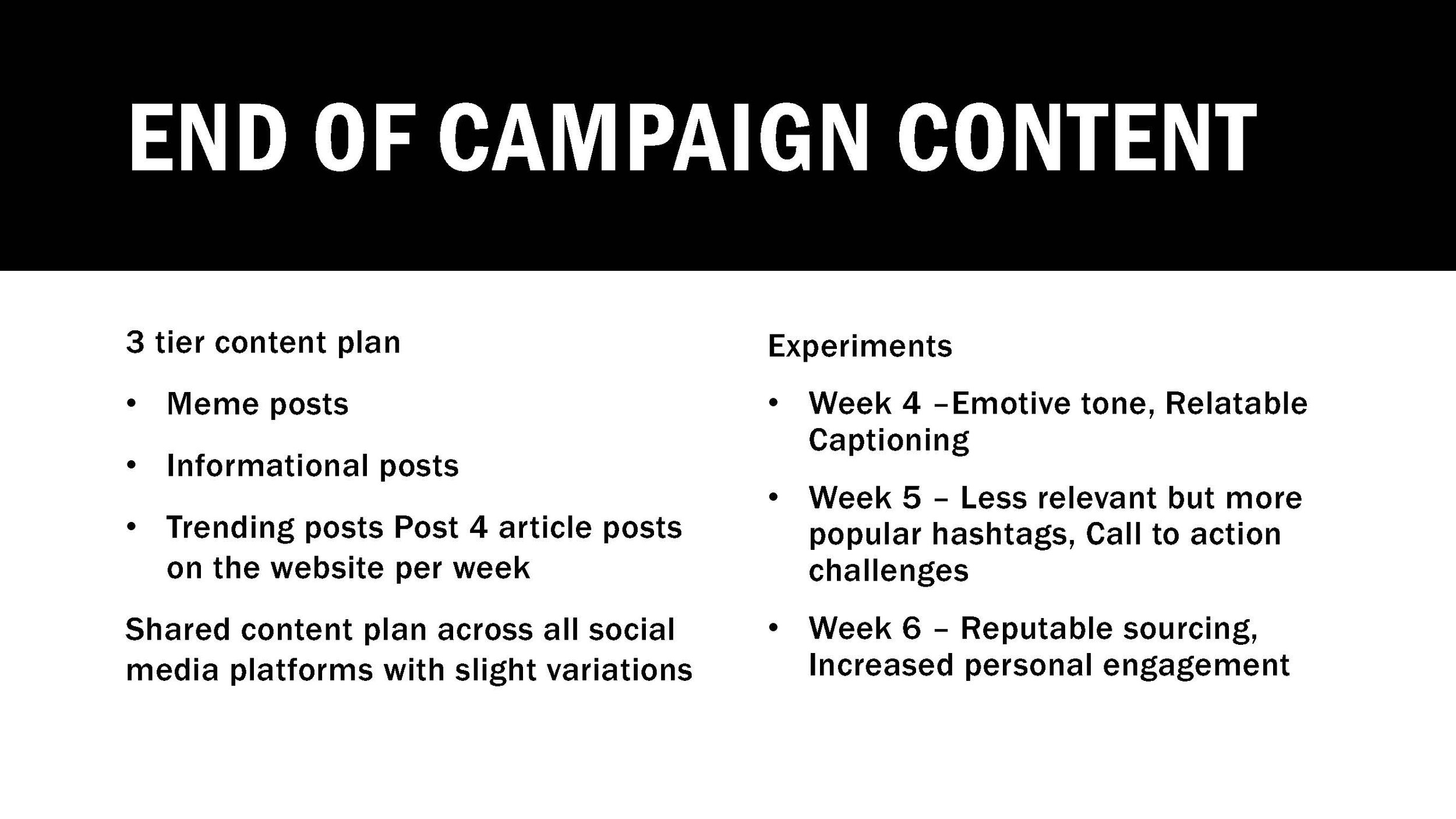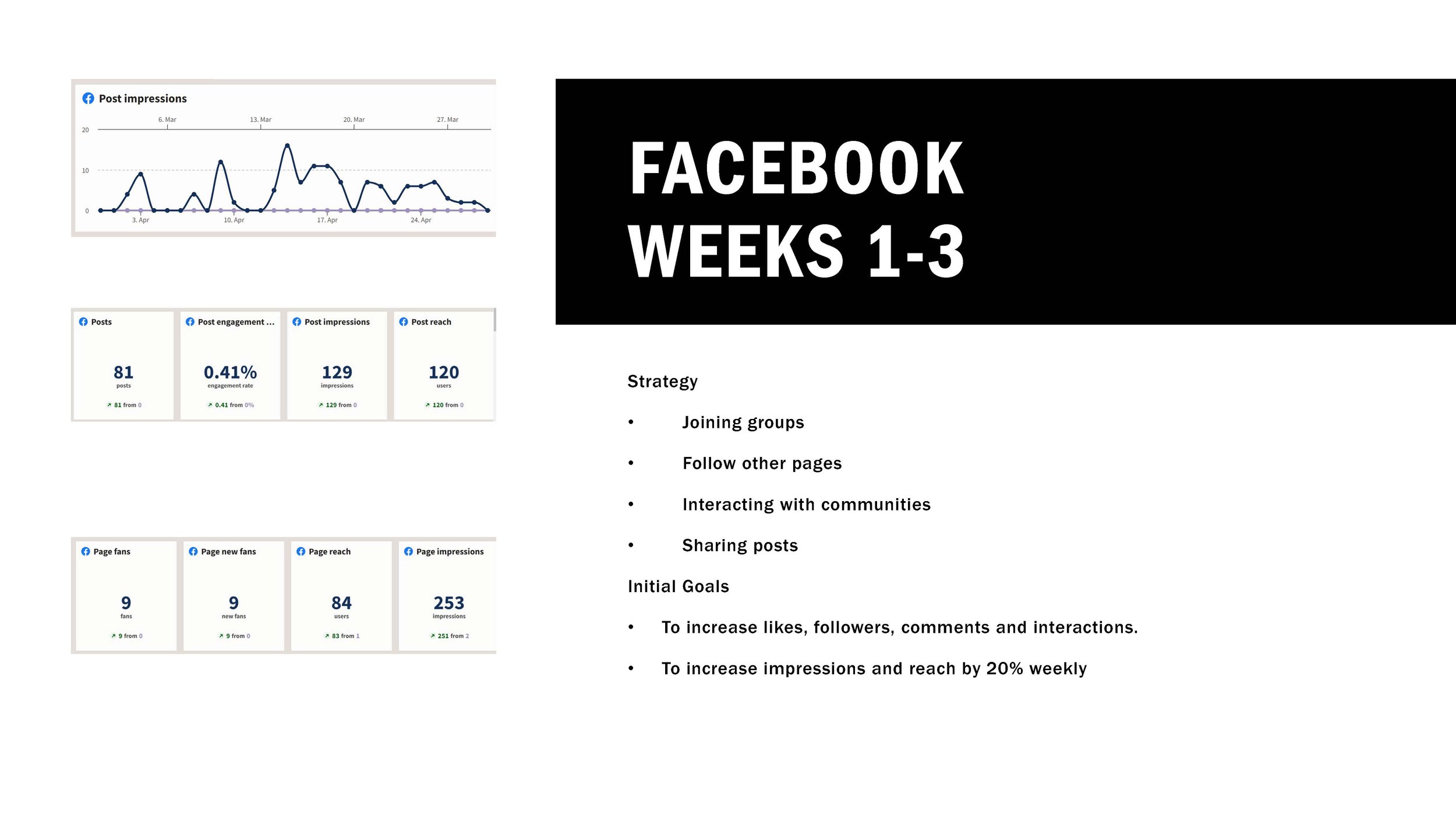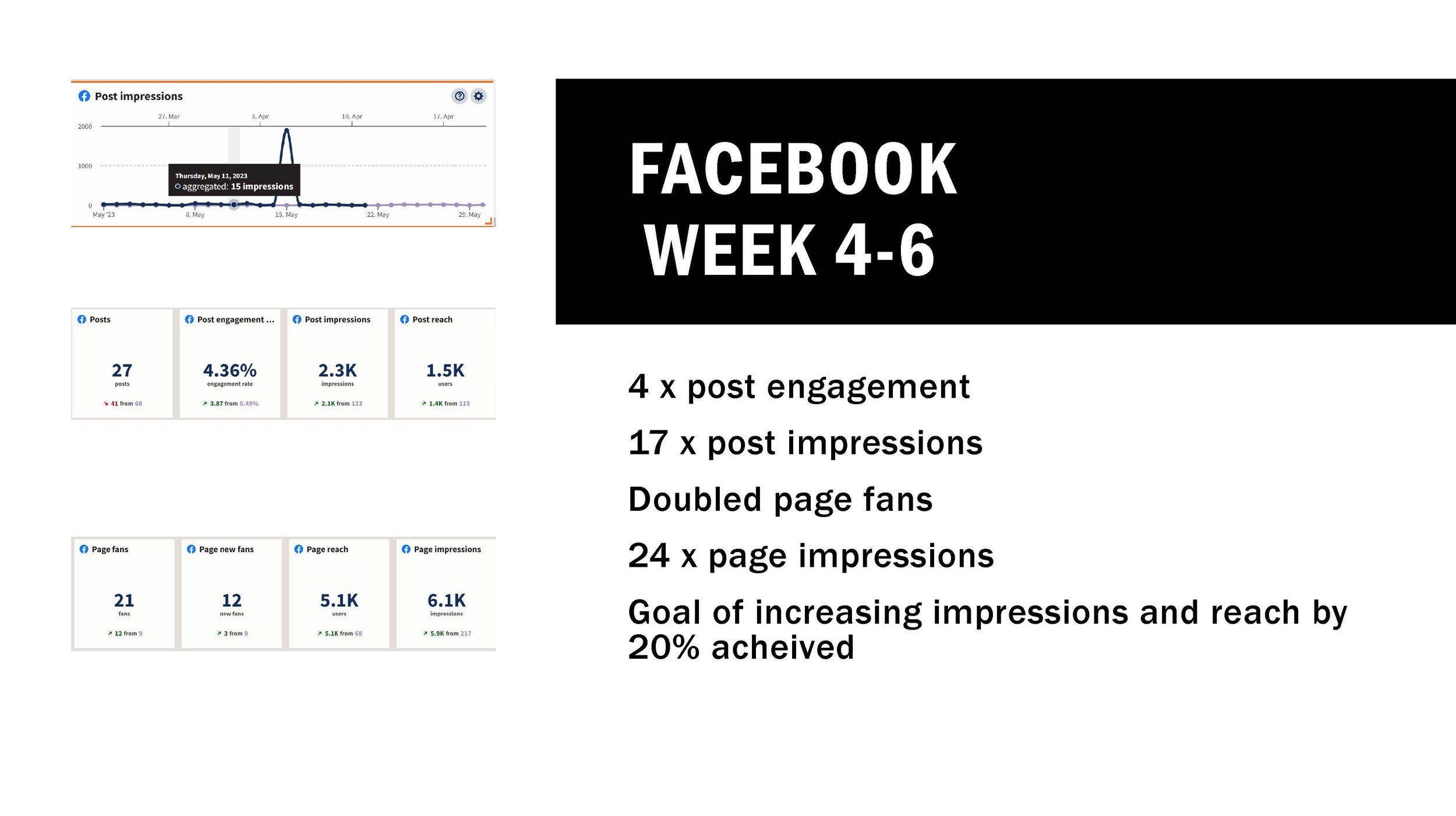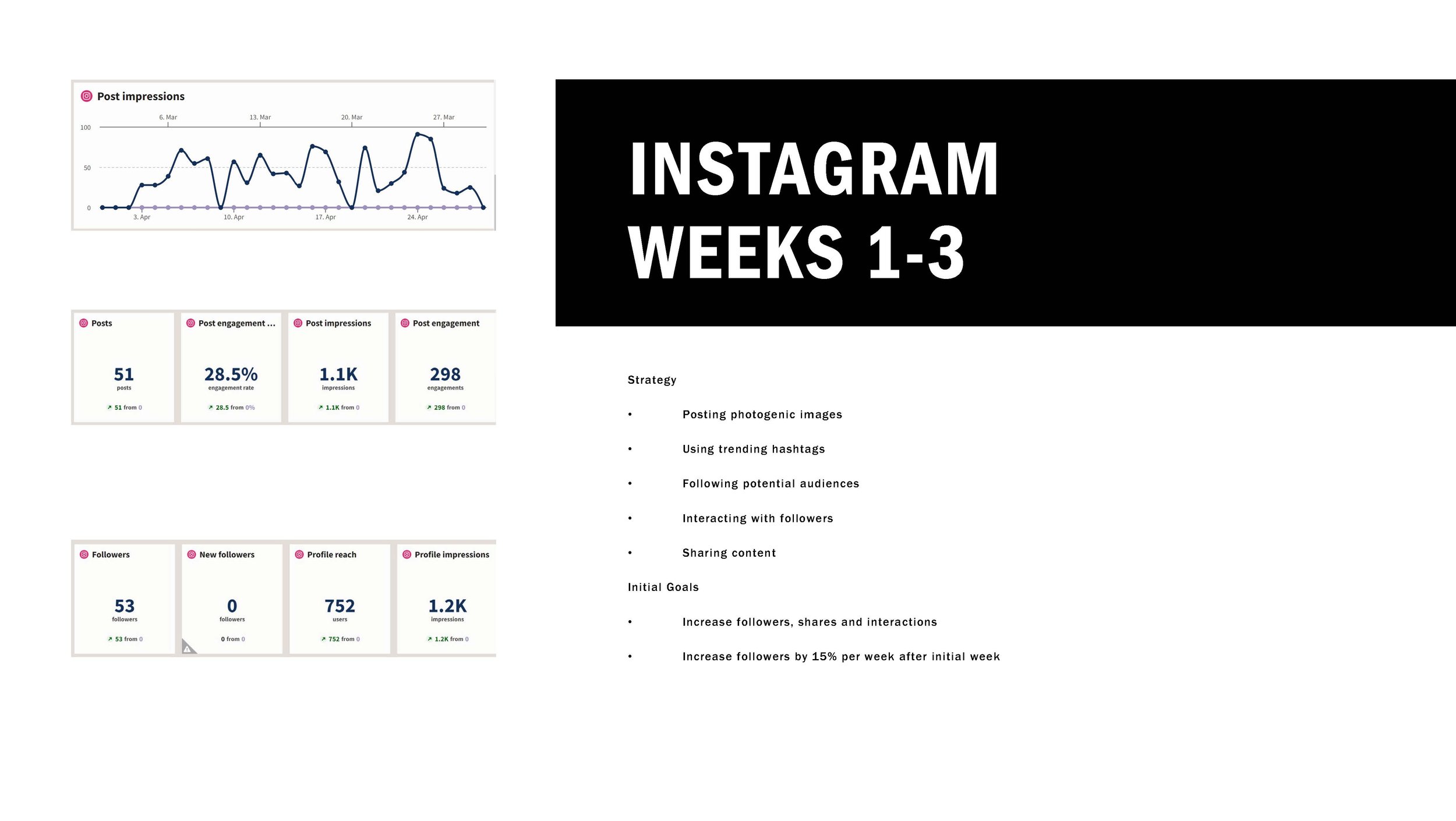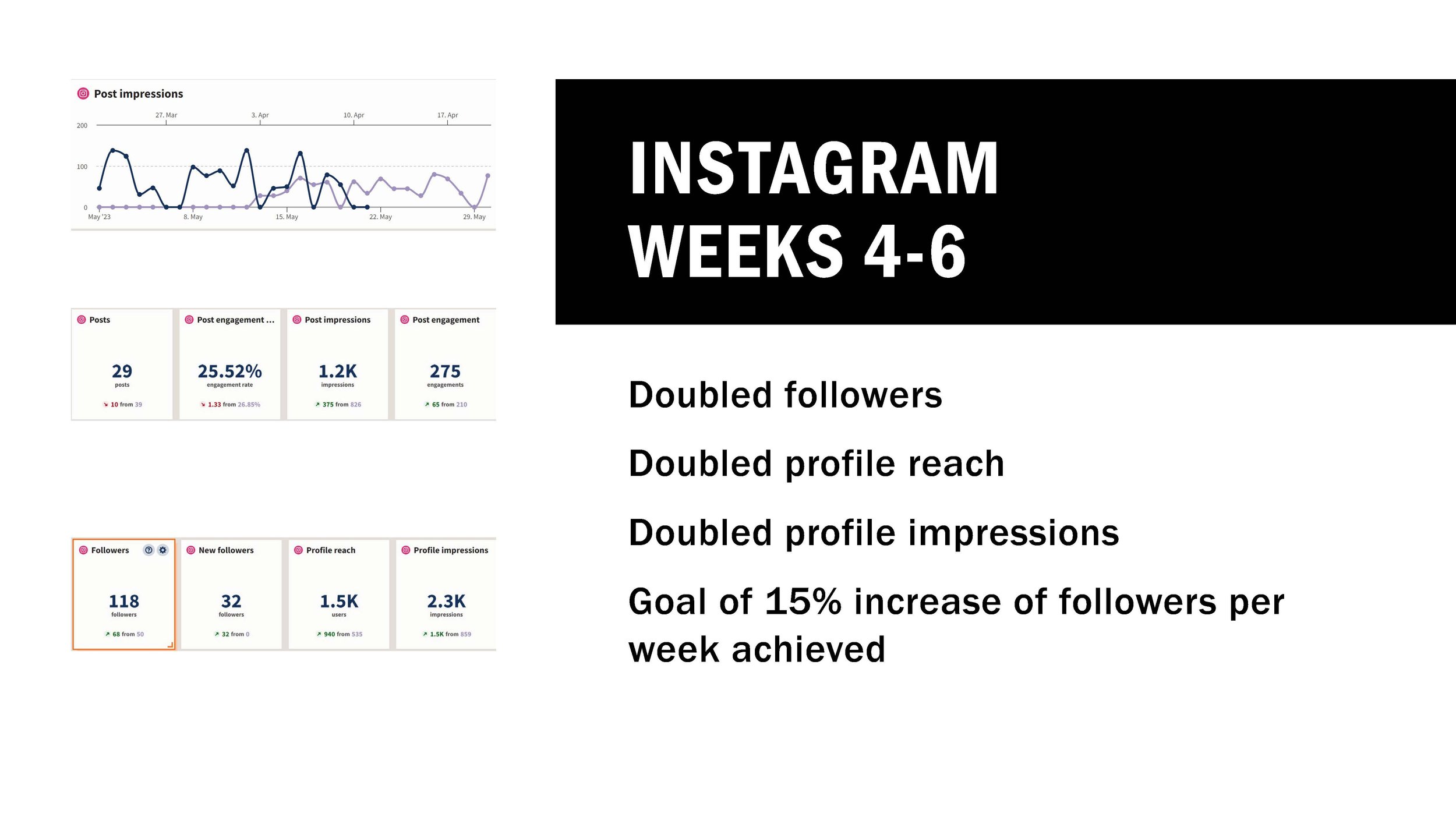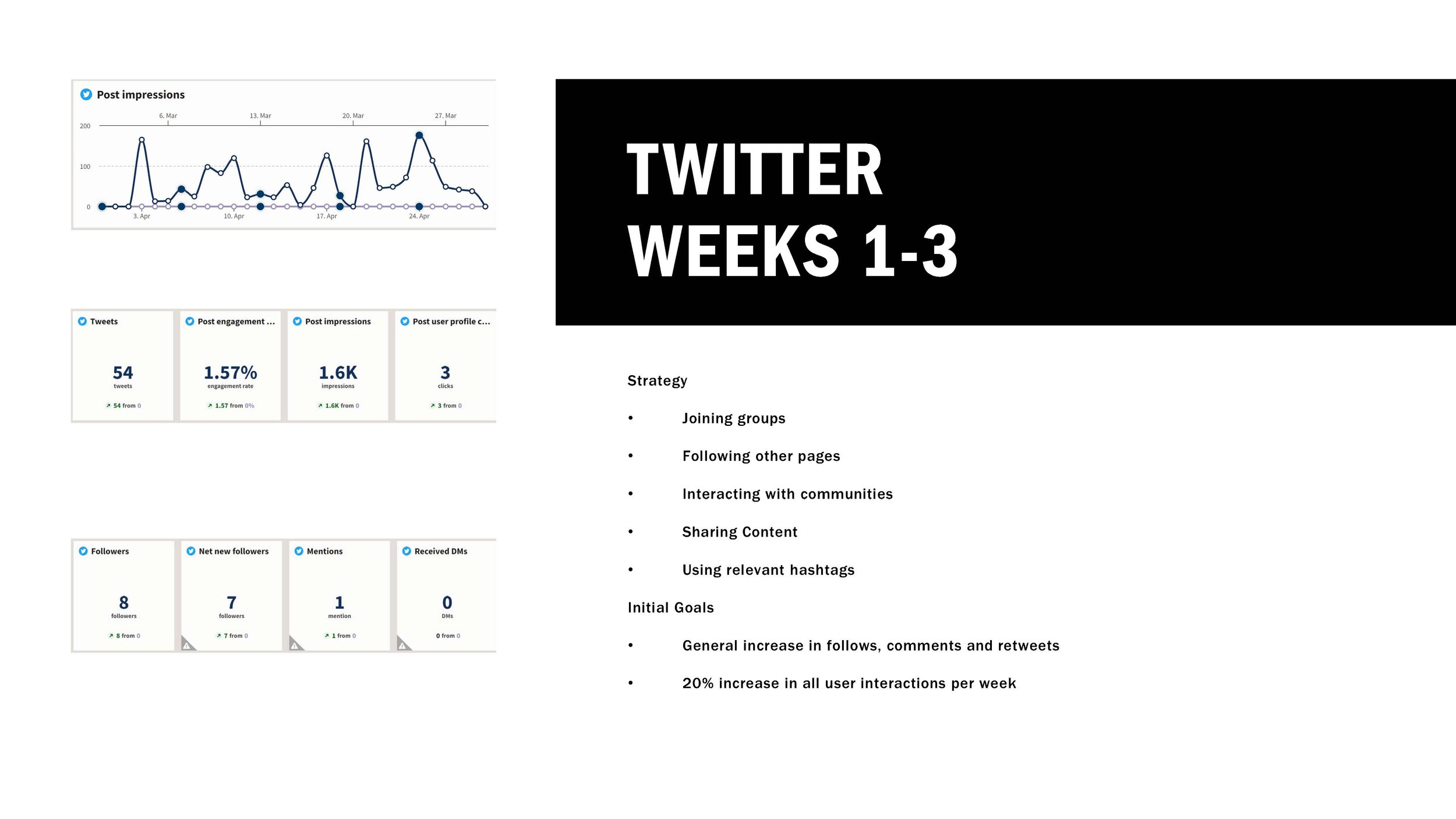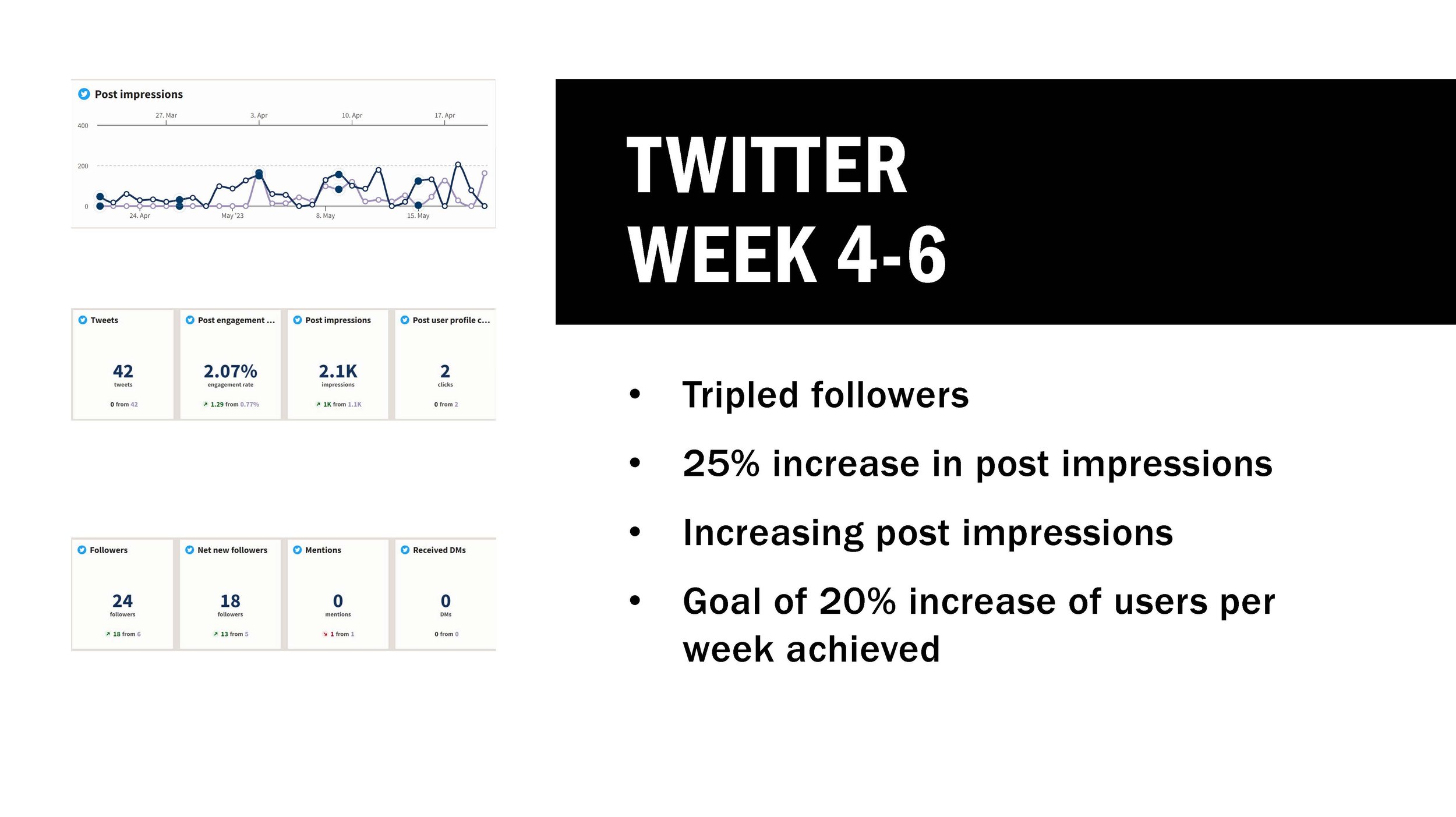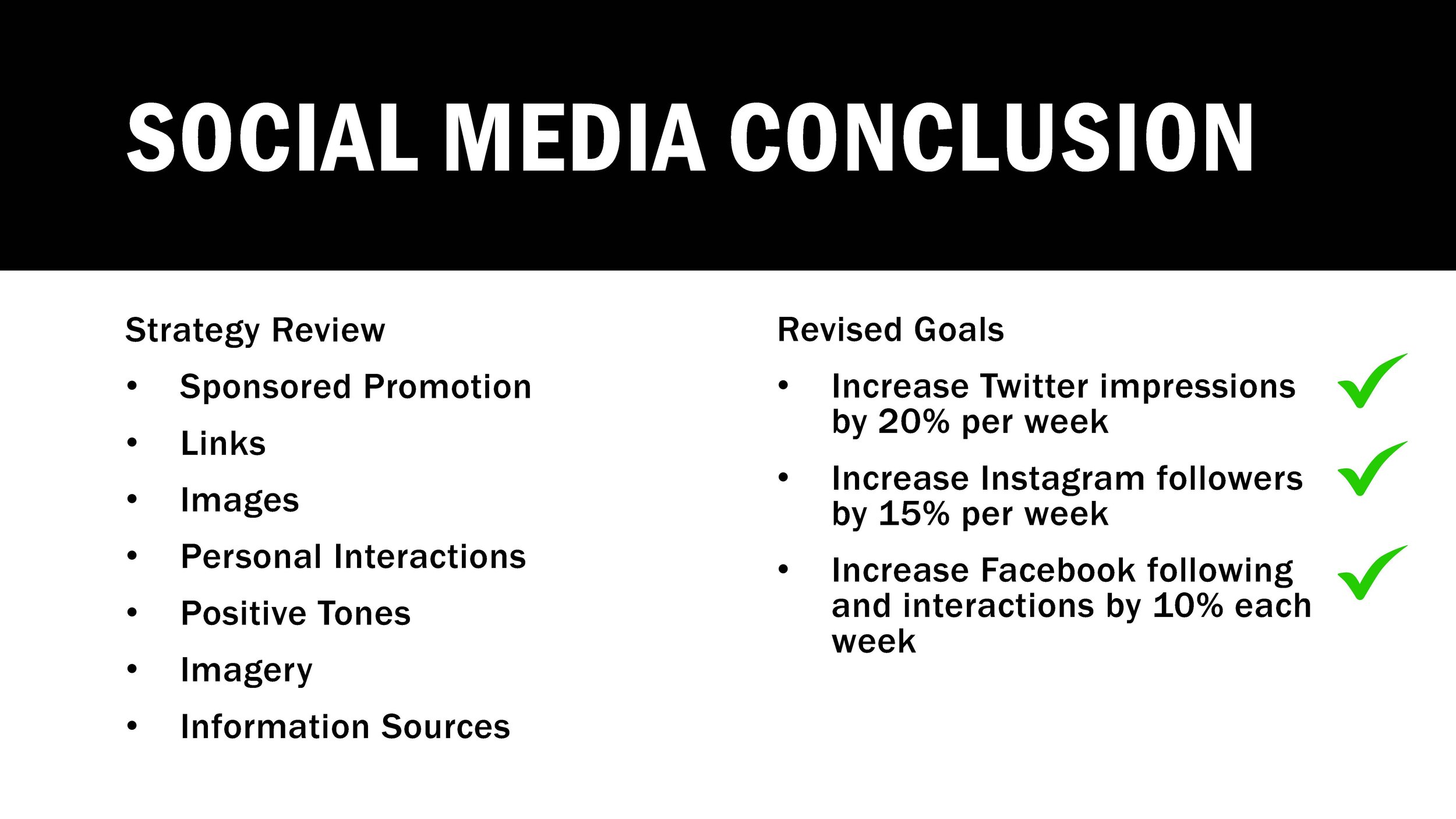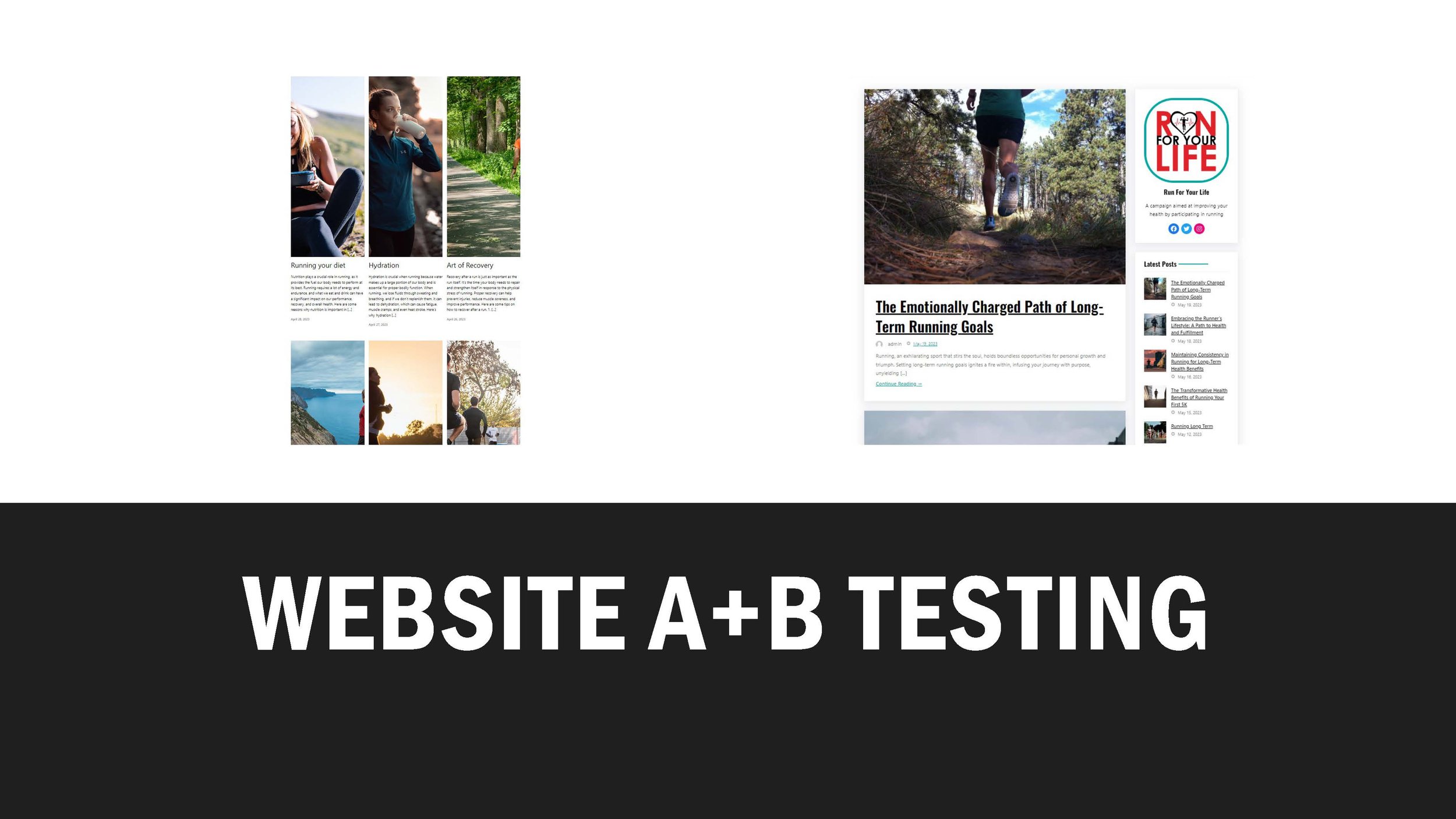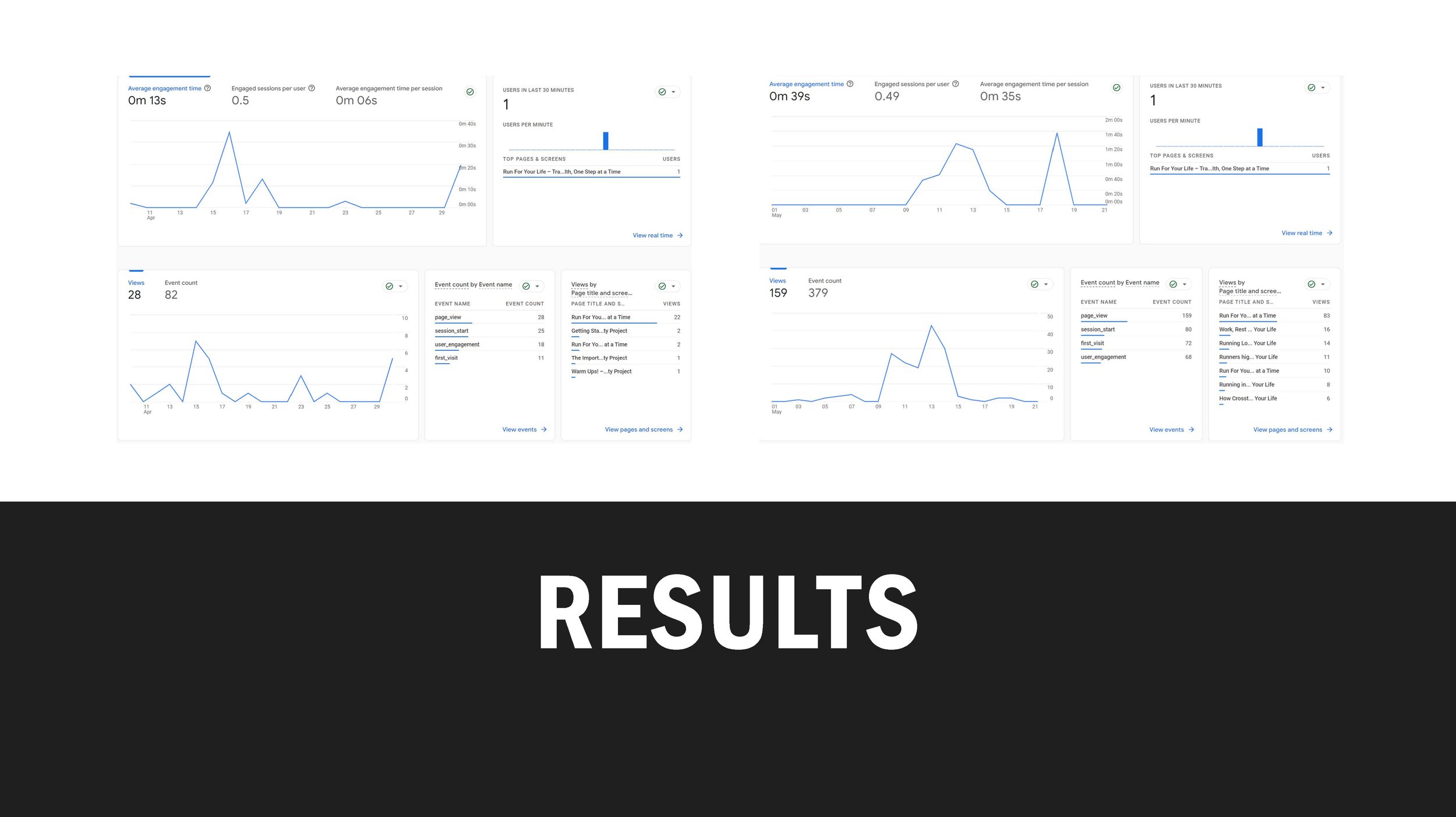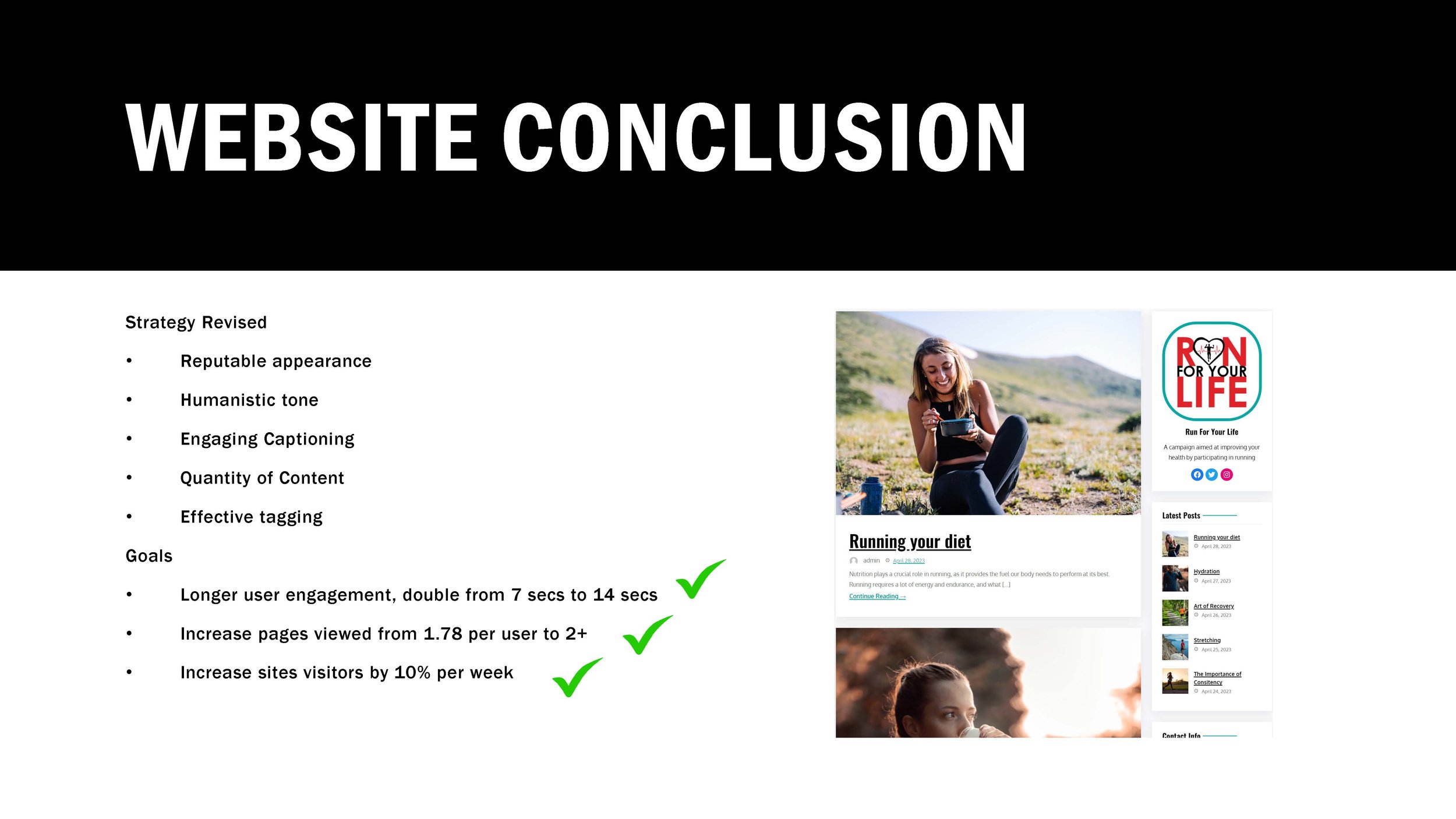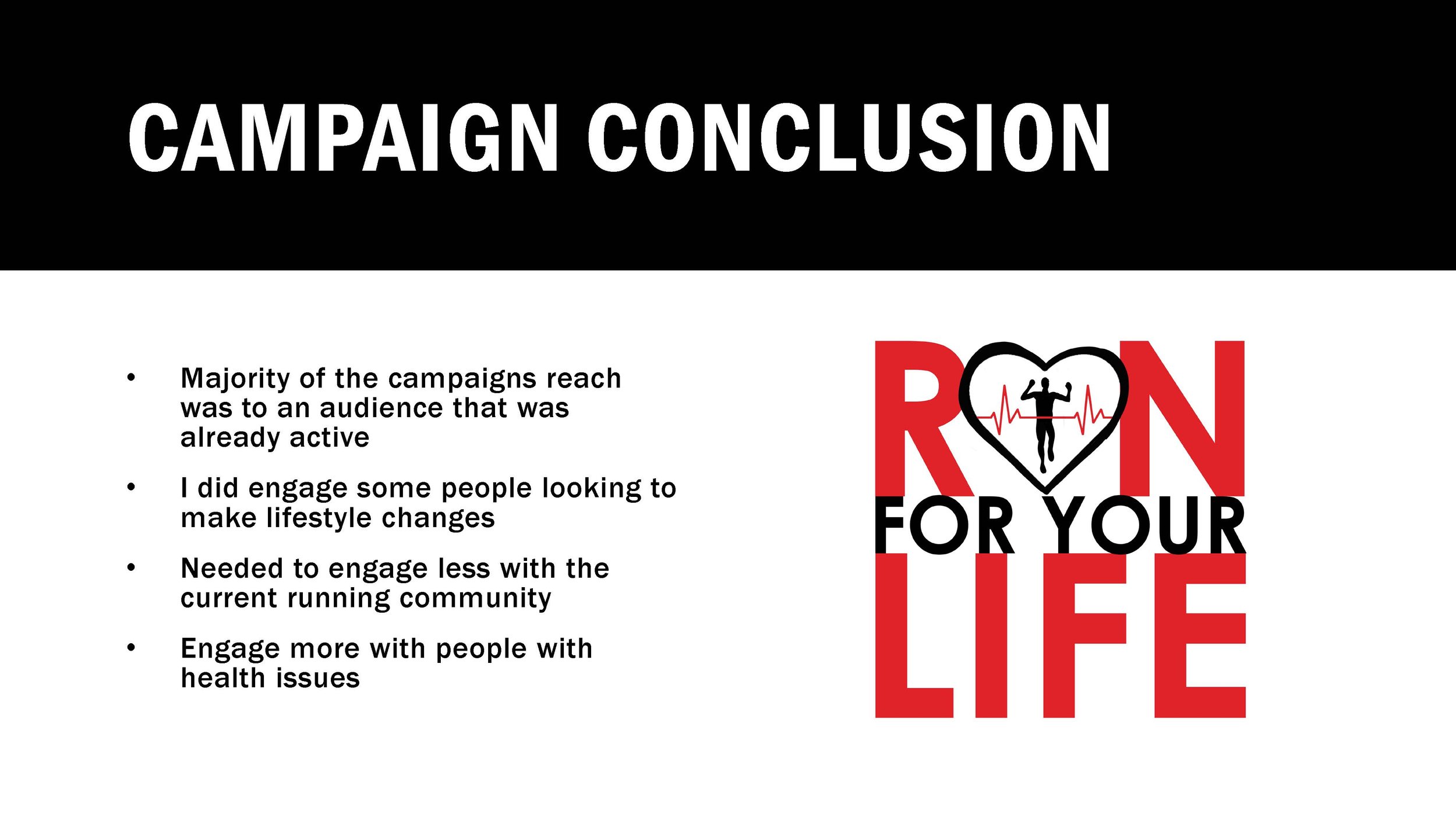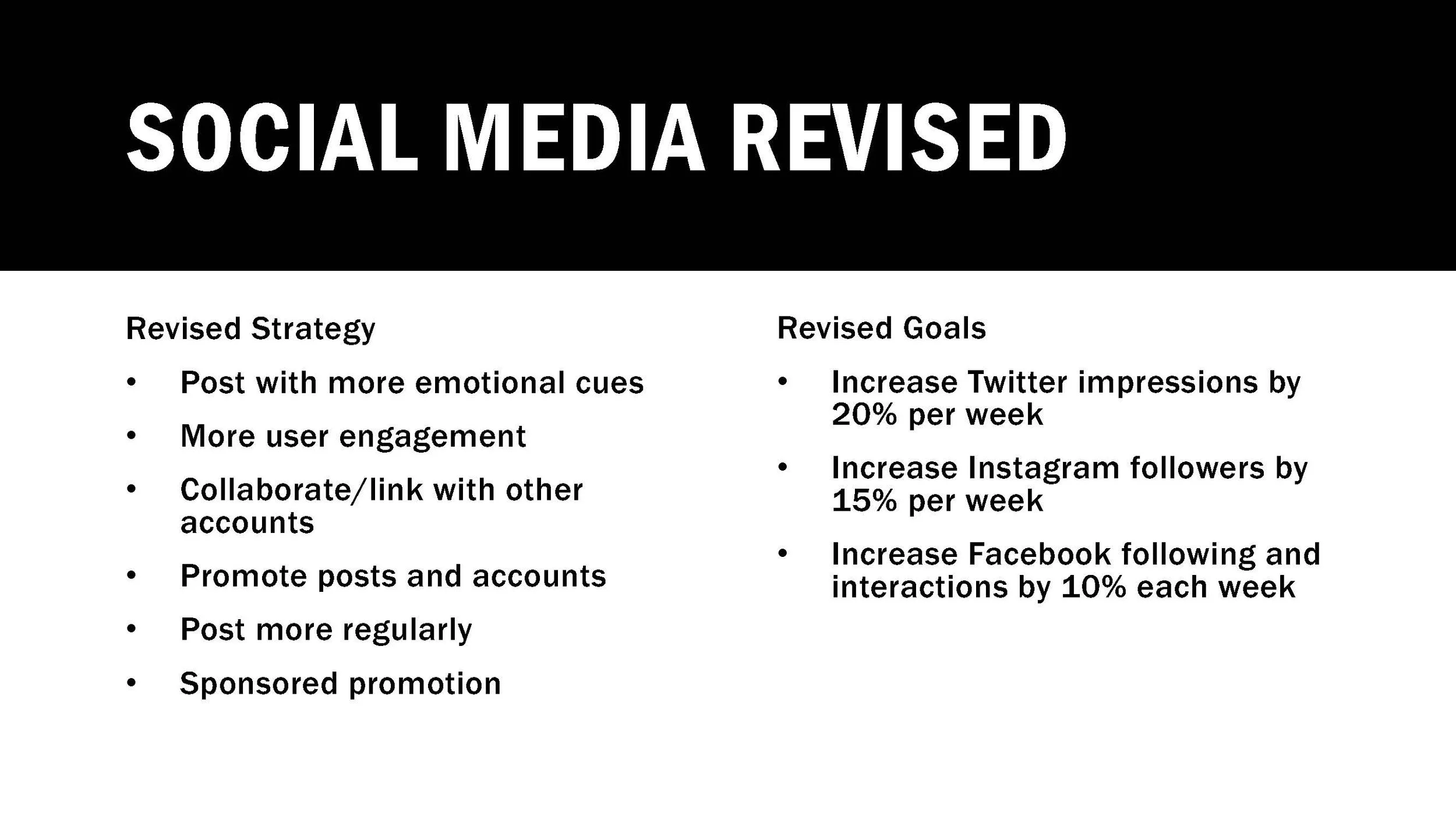Web Marketing.
Project Walkthrough: Run For Your Life Campaign
Introduction
This project, Run For Your Life, was an online campaign I created to promote the benefits of running, particularly for people looking to improve their health. I wanted to motivate individuals to start running, using content that was both informative and motivational. The campaign ran over six weeks across multiple social media platforms and included a website component, where users could learn more and engage with resources which I conducted A B testing.
Setting Goals and Target Audience
I started by setting SMART goals and identifying my primary audience: individuals new to running who wanted to make a lifestyle change. The plan was to grow engagement steadily, aiming for a 20-25% weekly increase across metrics like follower count, engagement rates, and website traffic. My main goal was to encourage beginners, though later on, I discovered that the audience that engaged most were active runners, which helped me adjust my approach
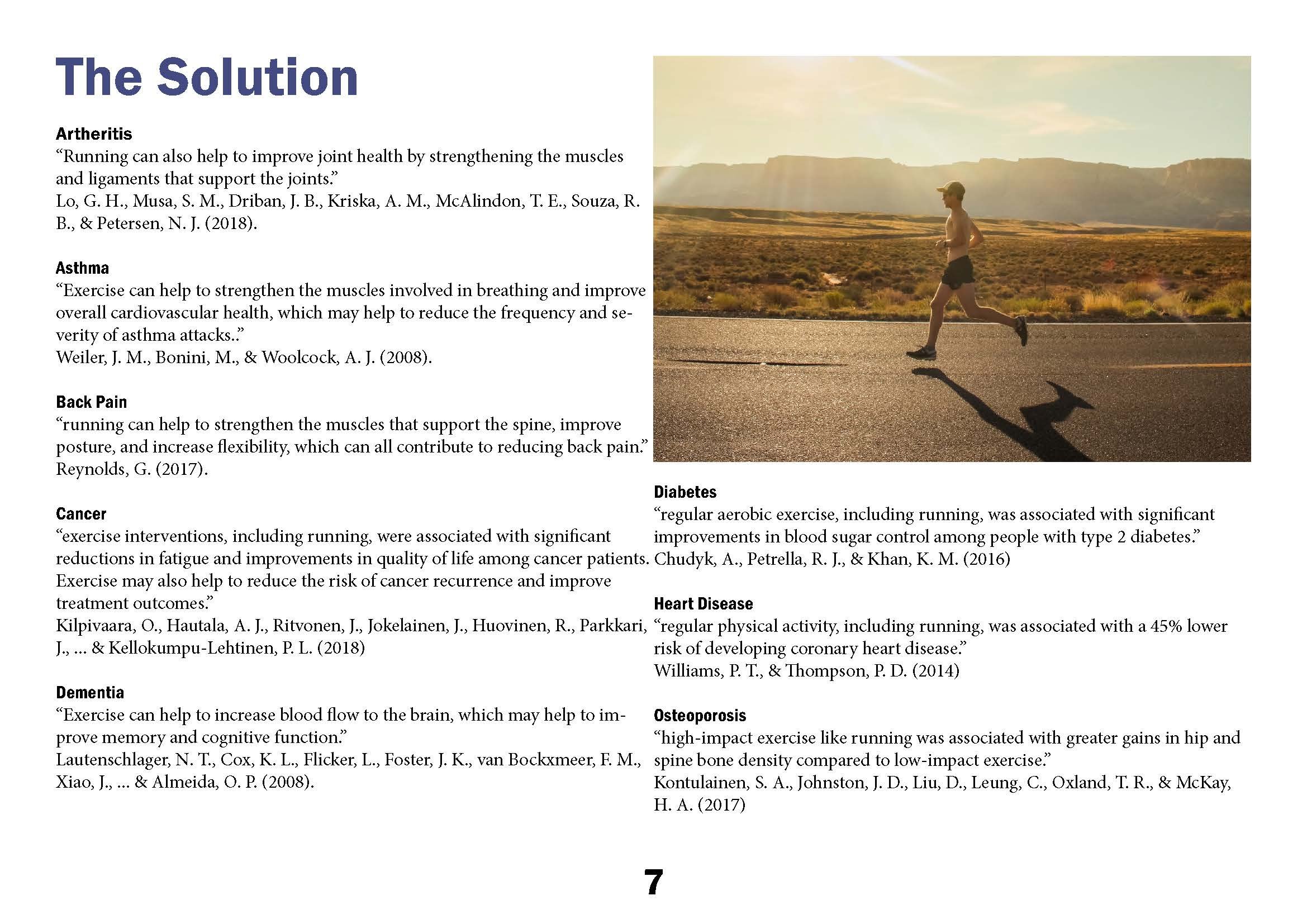
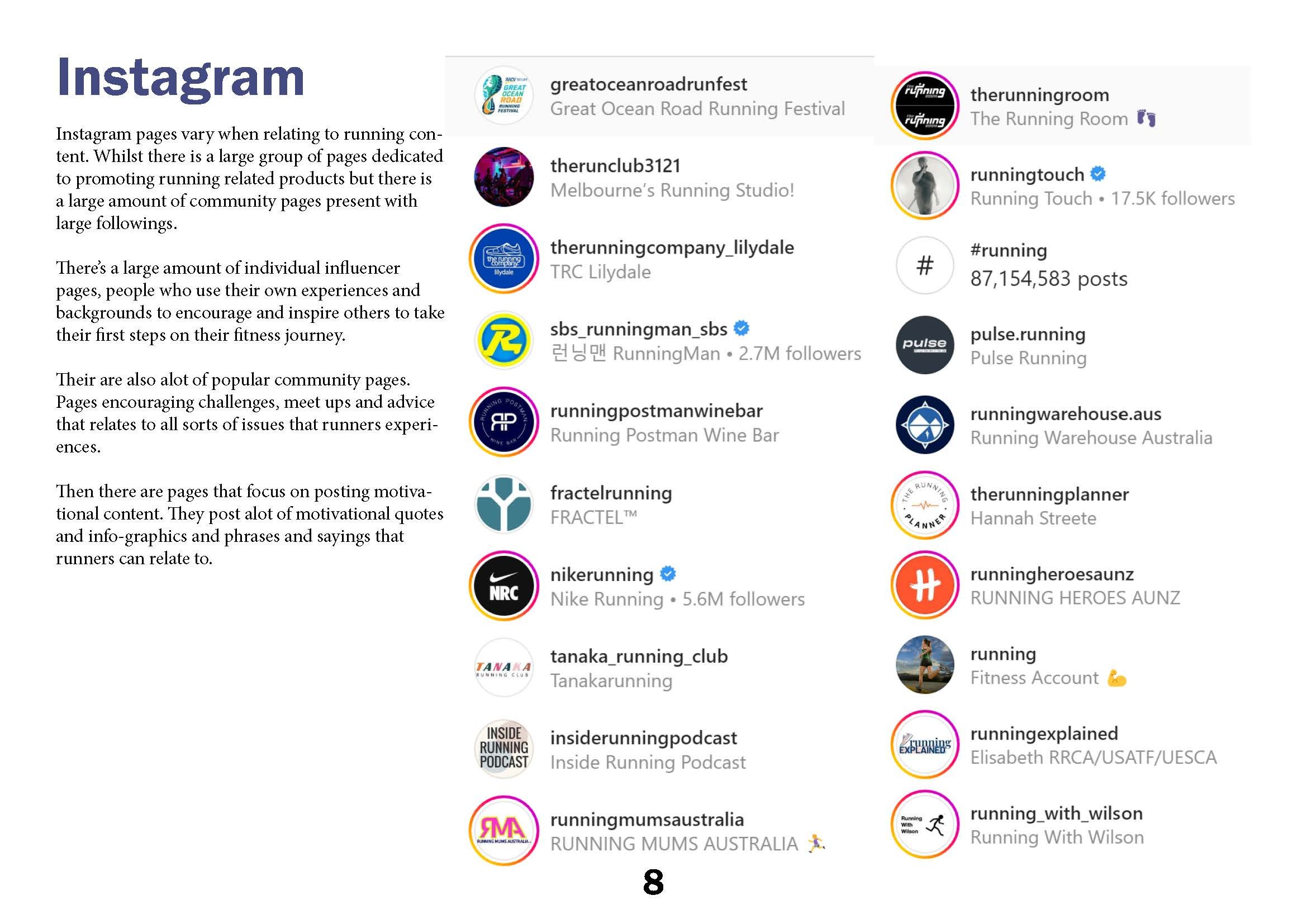
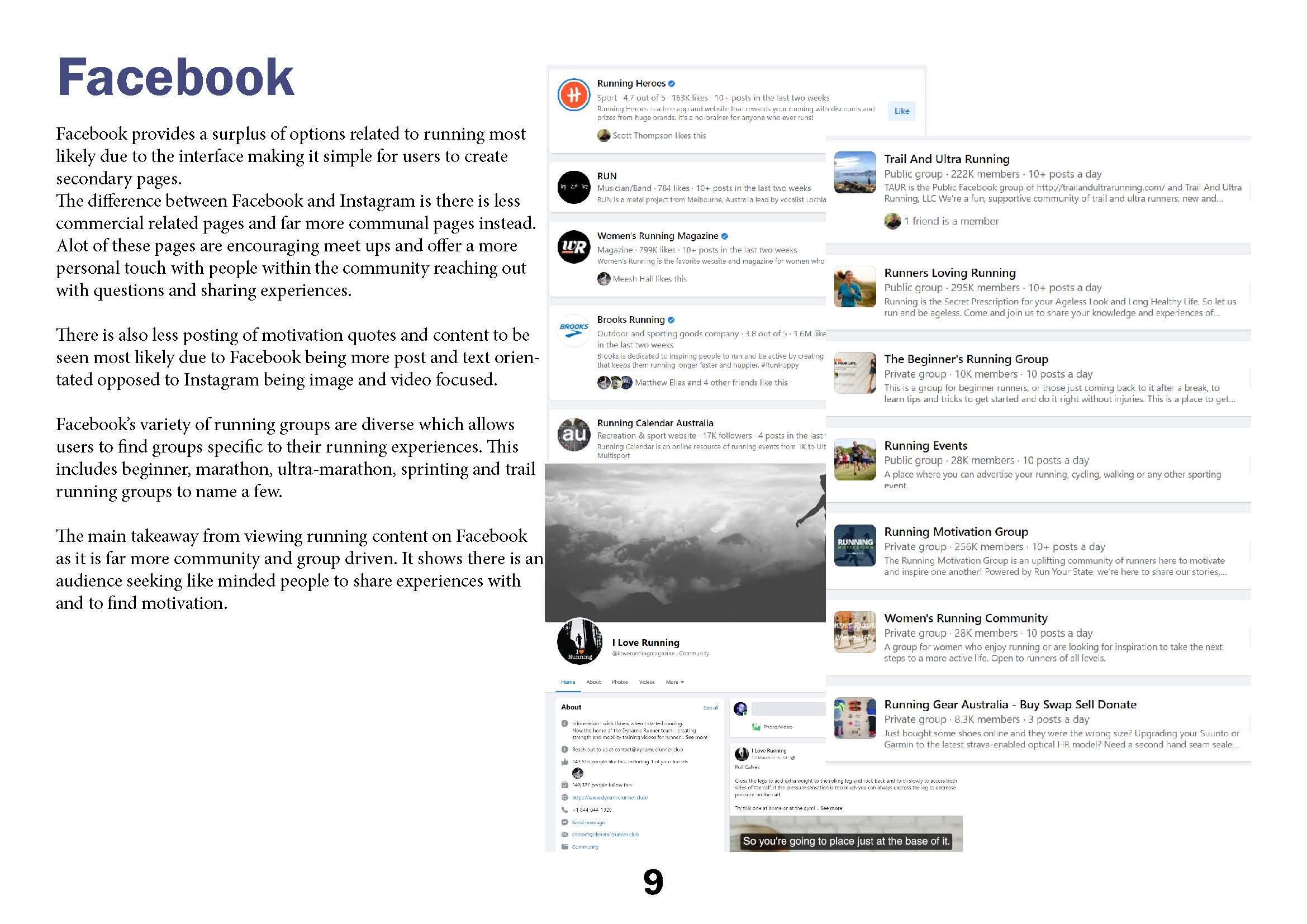

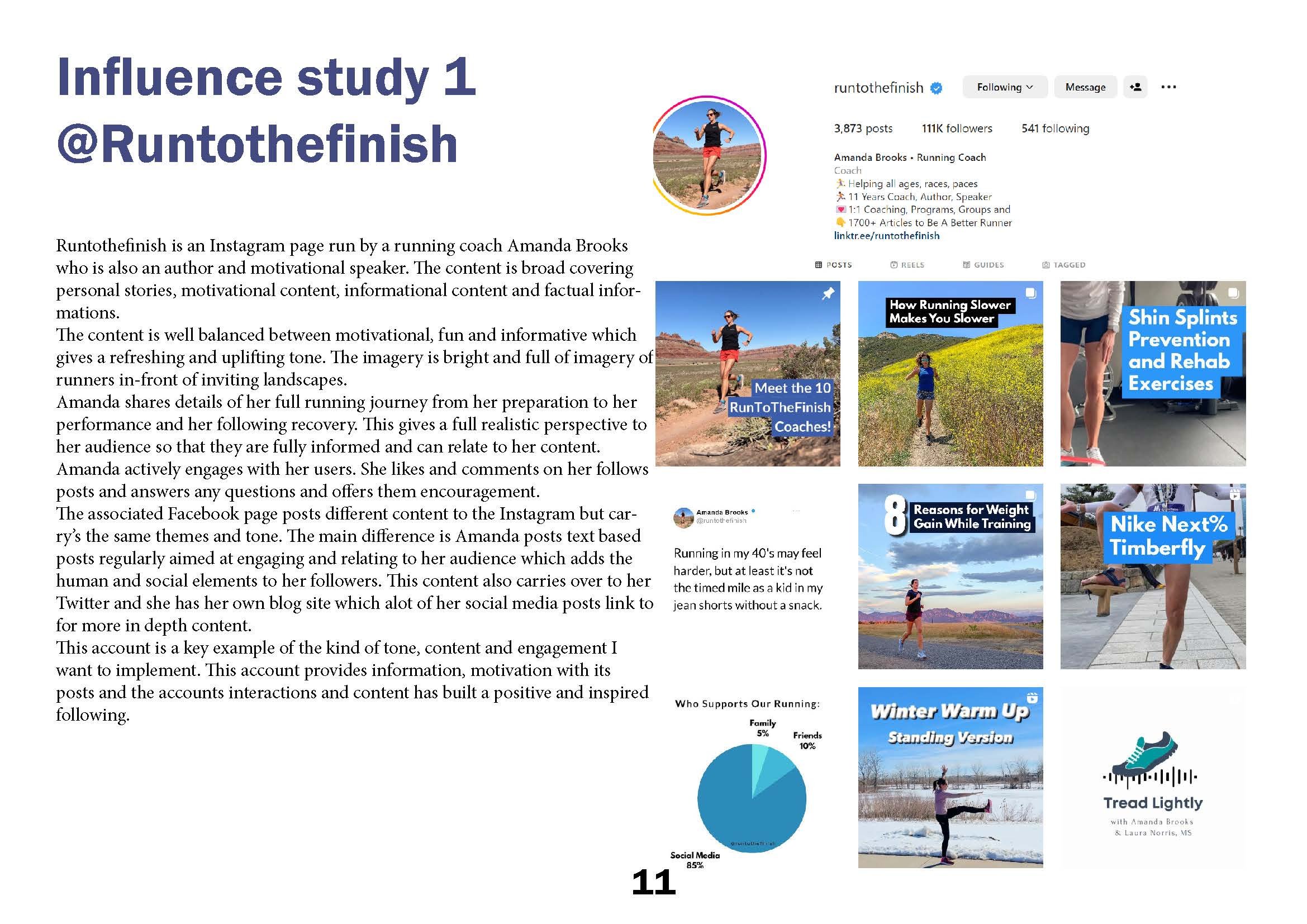

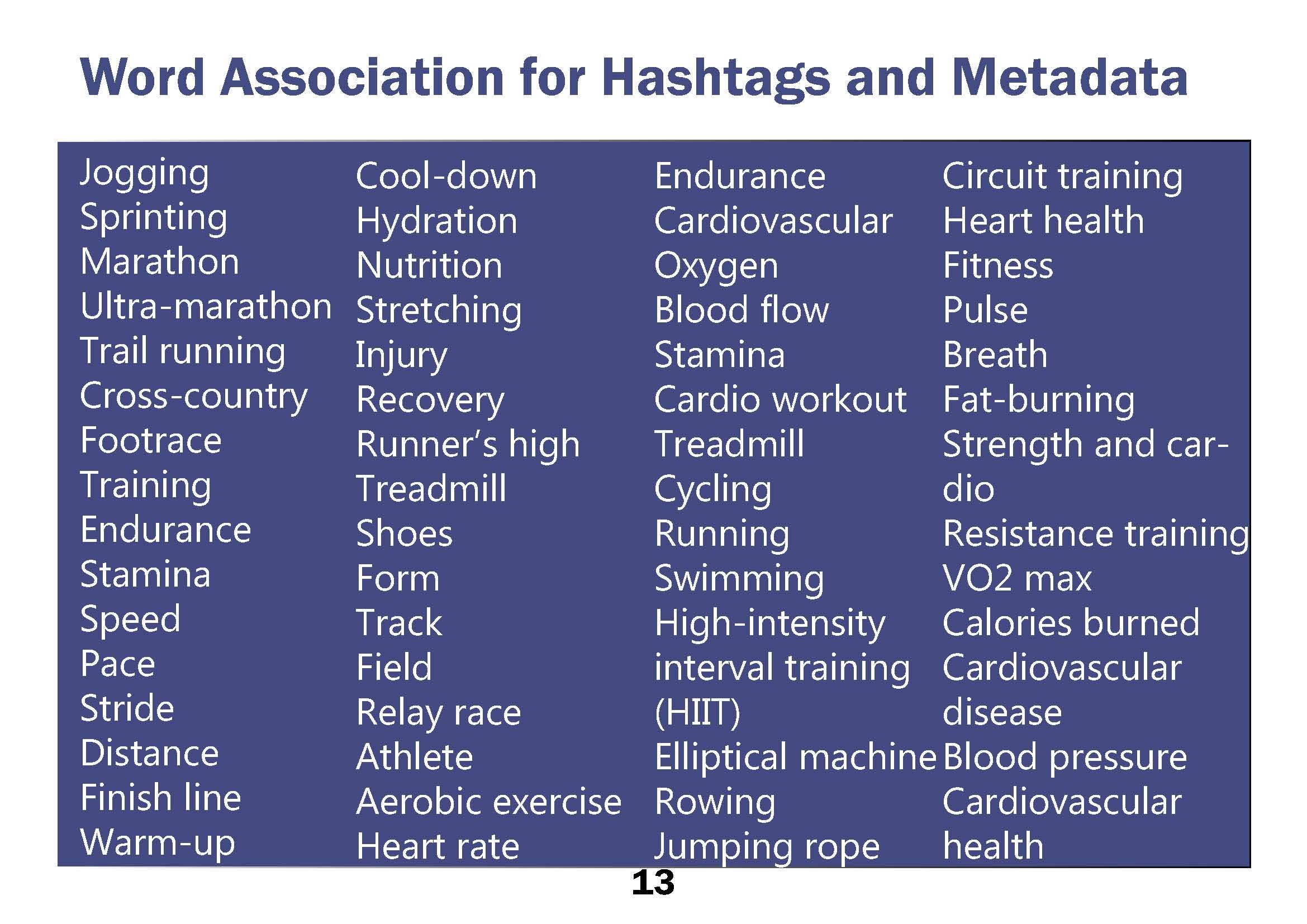

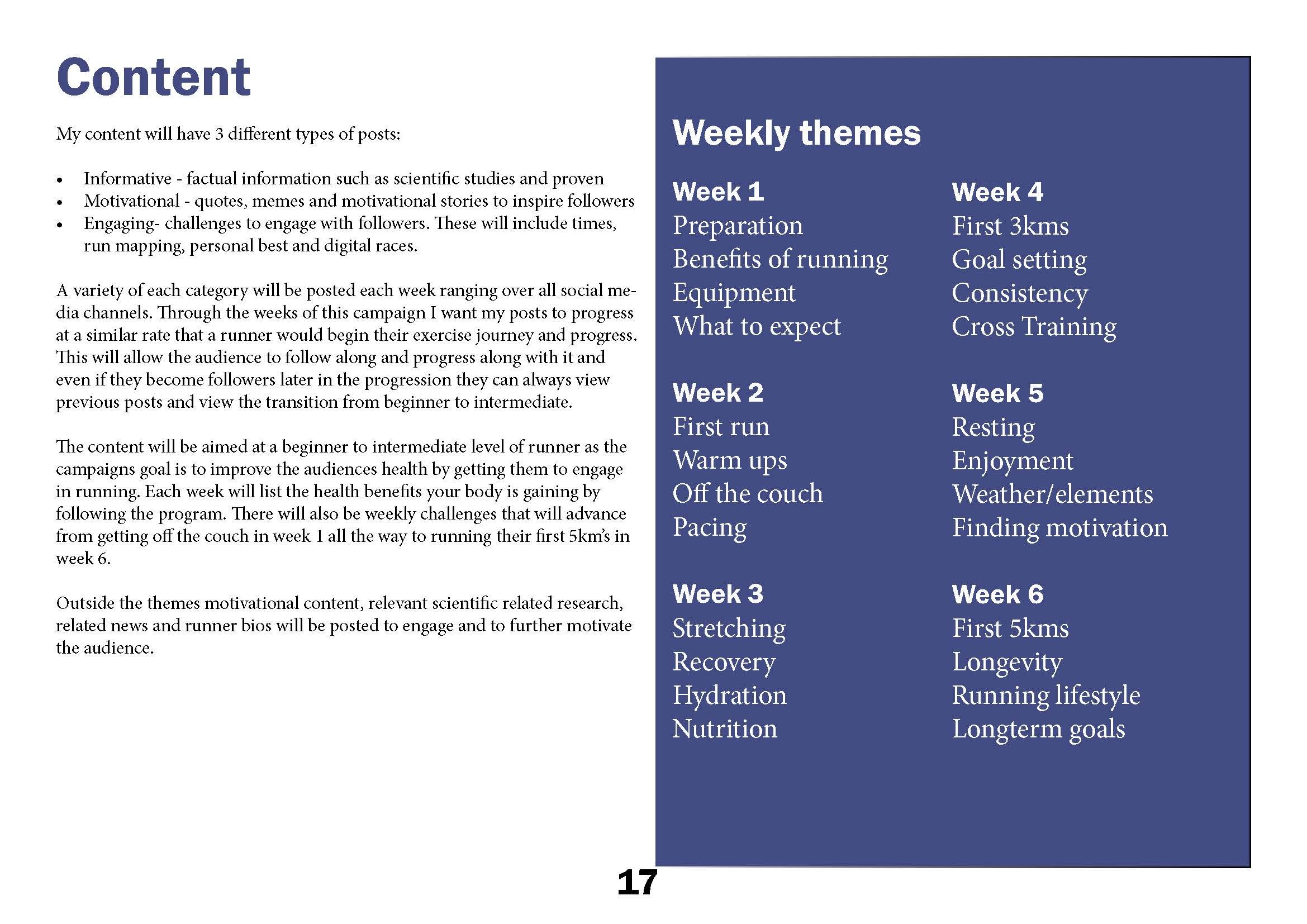


Crafting the campaign Strategy
The campaign was designed around a 3-tier content strategy:
Motivational Posts: Memes, quotes, and inspirational stories aimed at sparking interest.
Informational Content: Articles and insights on health benefits, warm-up tips, and running preparation to educate the audience.
Engagement Content: Challenges, hashtags, and direct interactions to build a sense of community.
Each week had a theme—from “Getting Started” in week 1 to “First 5k” in week 6—that aligned with progressive goals for beginner runners. This structured content plan helped me keep the campaign cohesive and ensured that we were progressively engaging the audience with topics that matched their evolving needs and interests.
I came up with a content plan for my first 6 weeks and monitored the web traffic on both the website and on the mailing list sign ups.


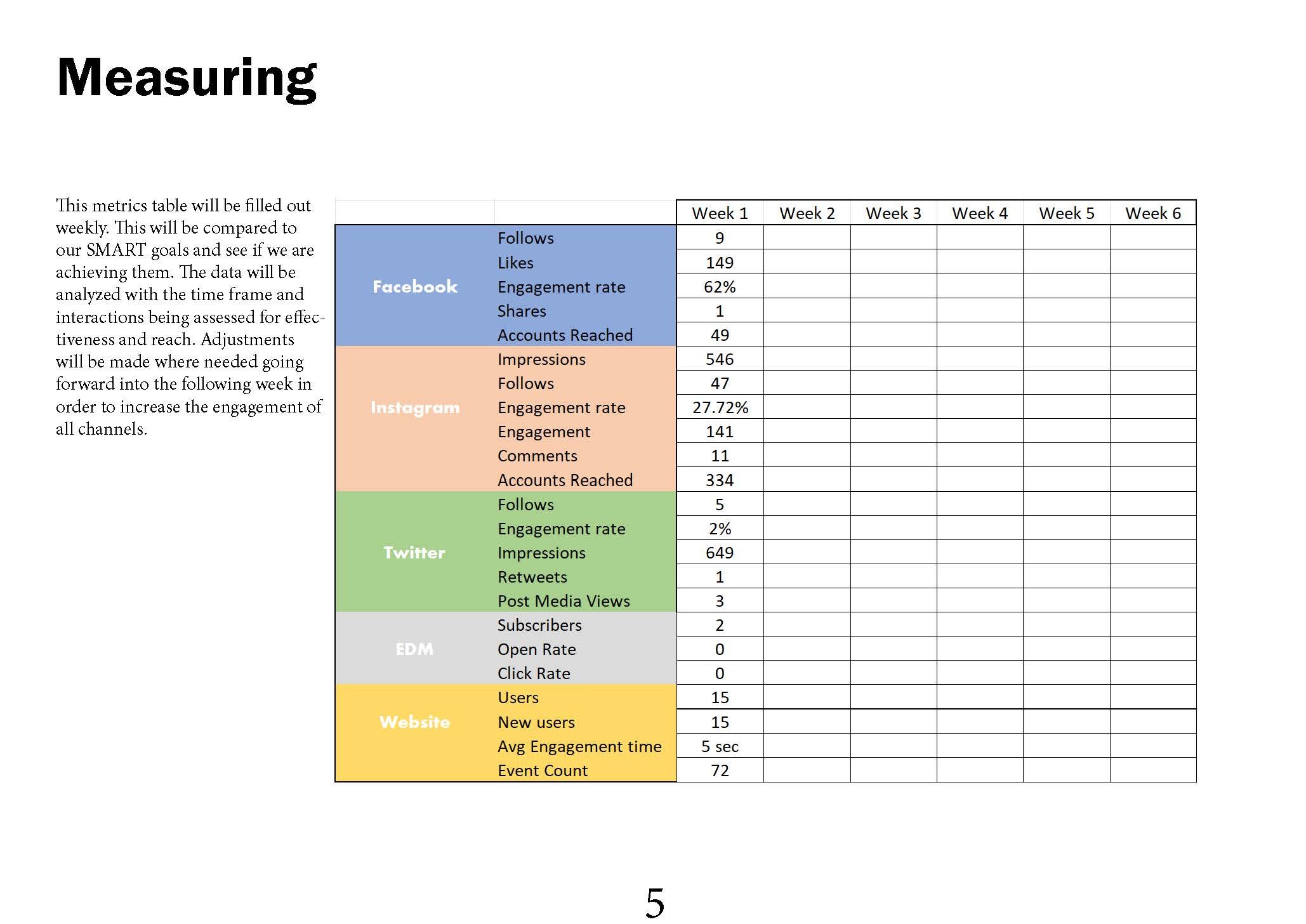
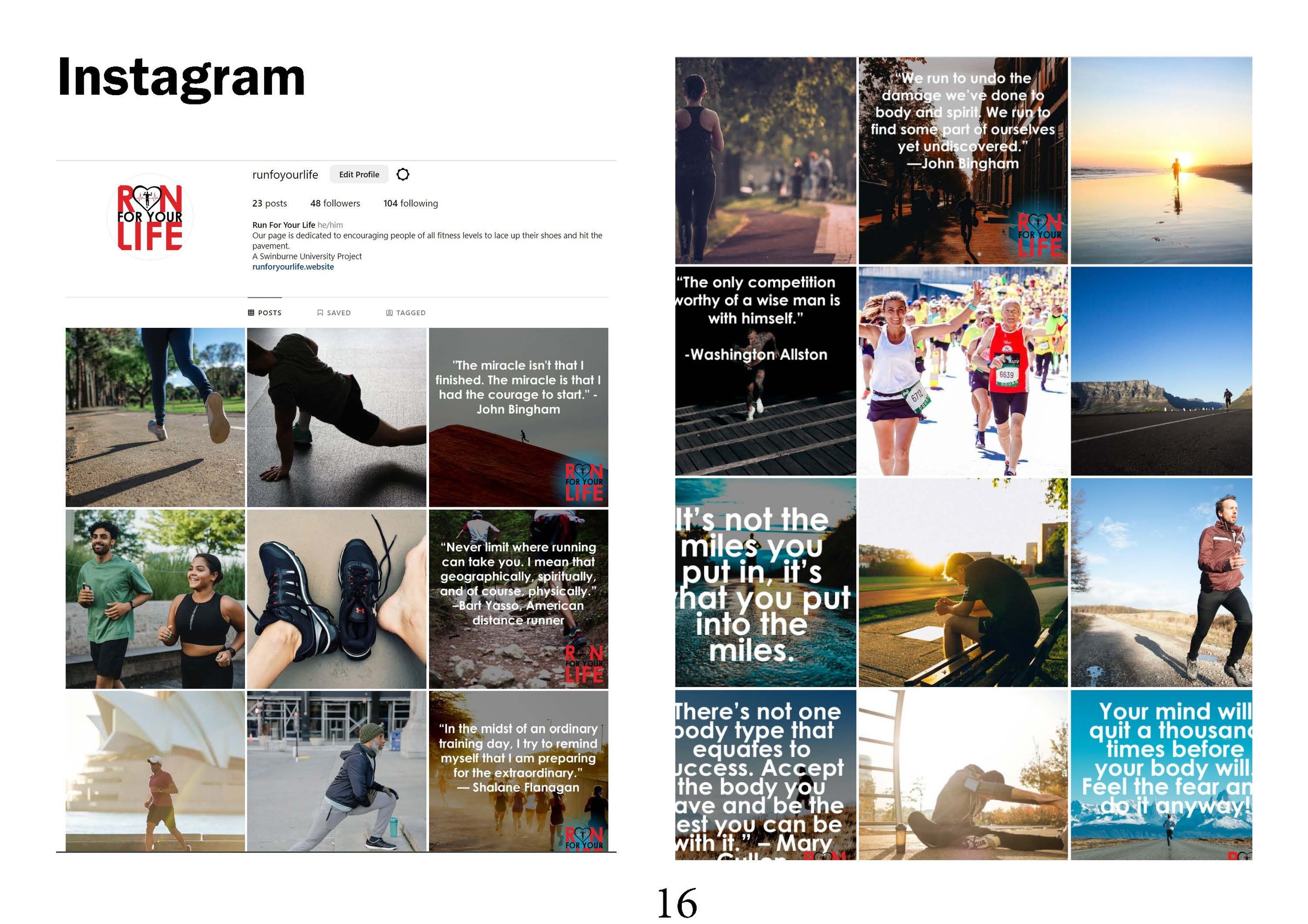


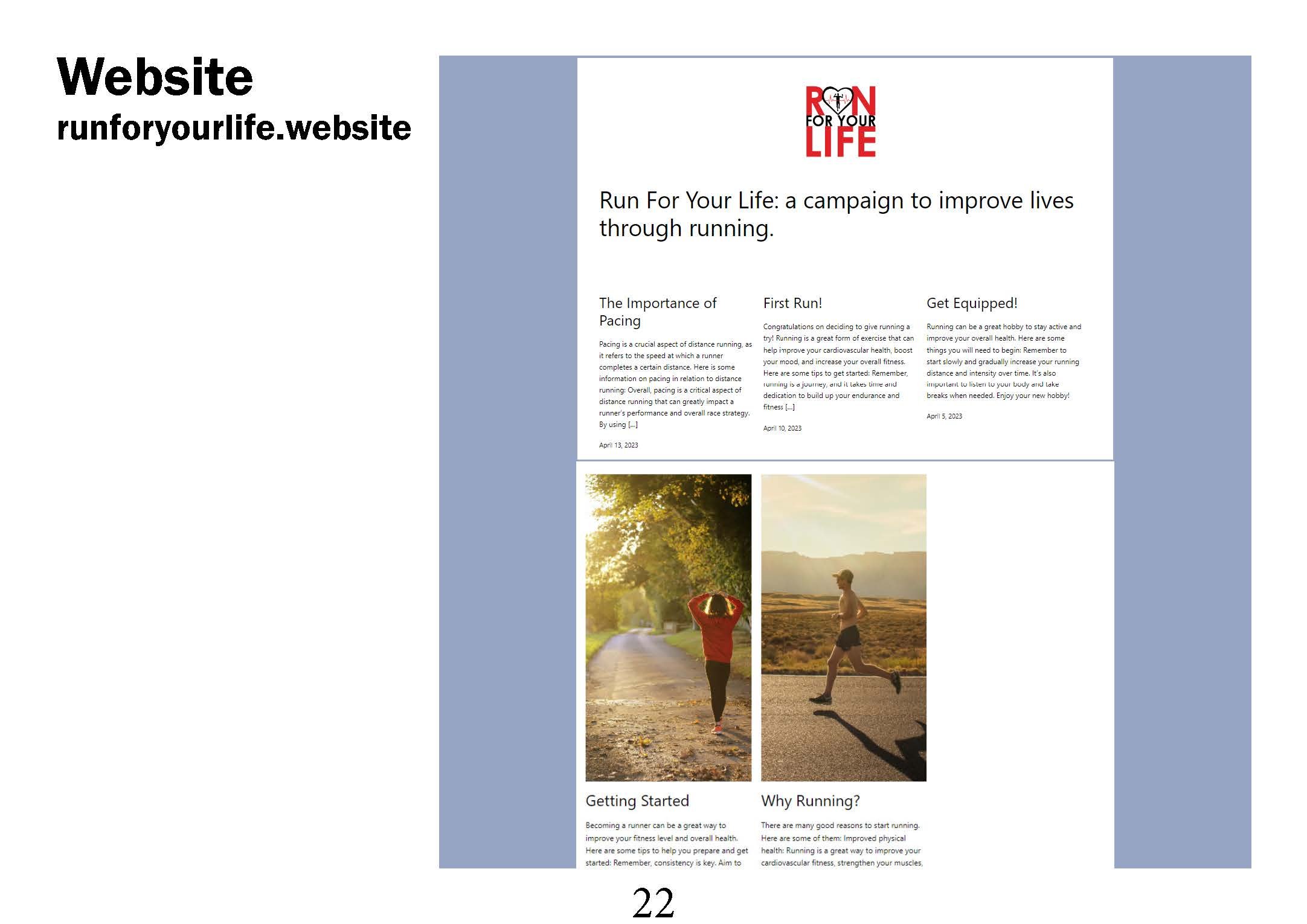
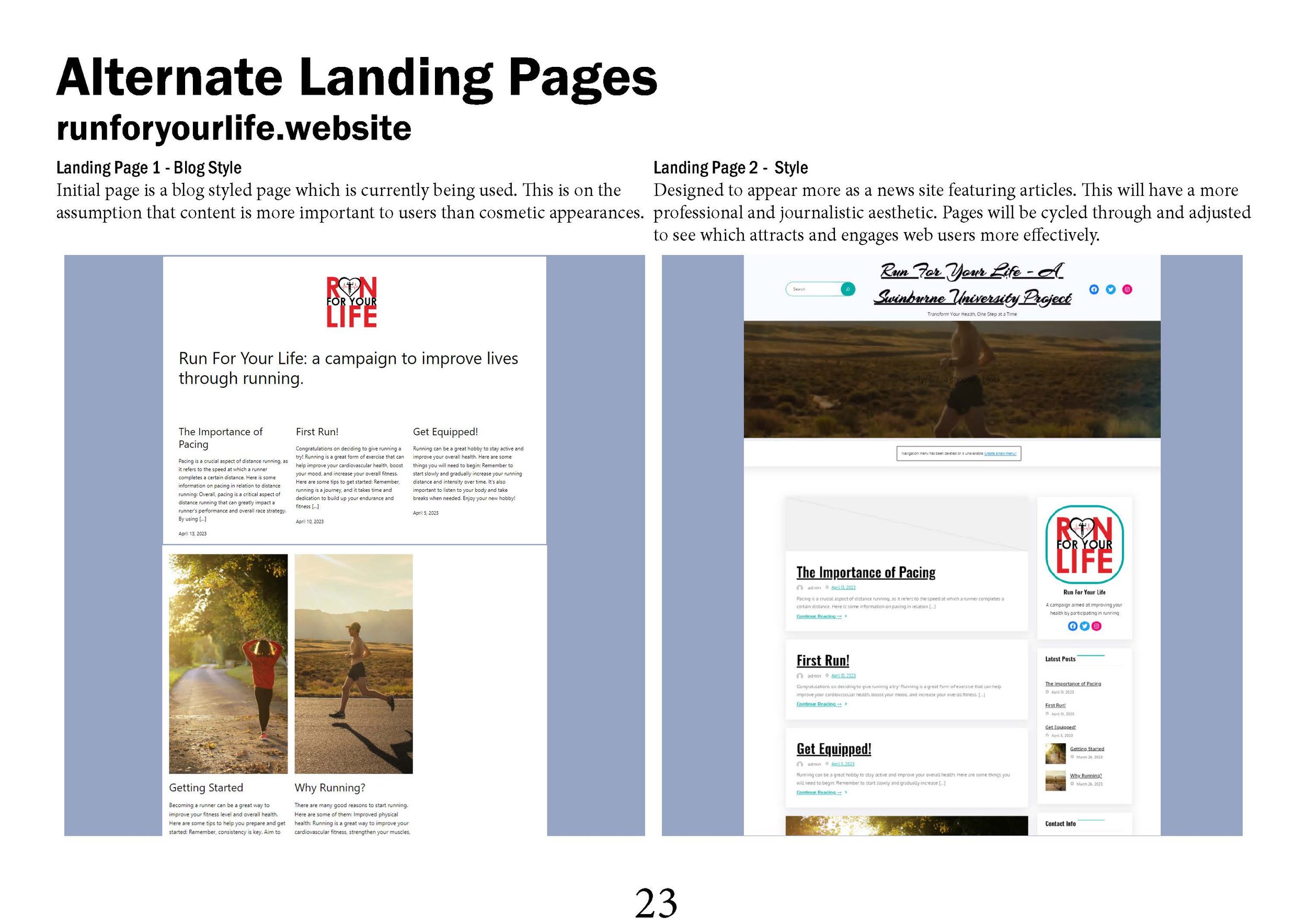
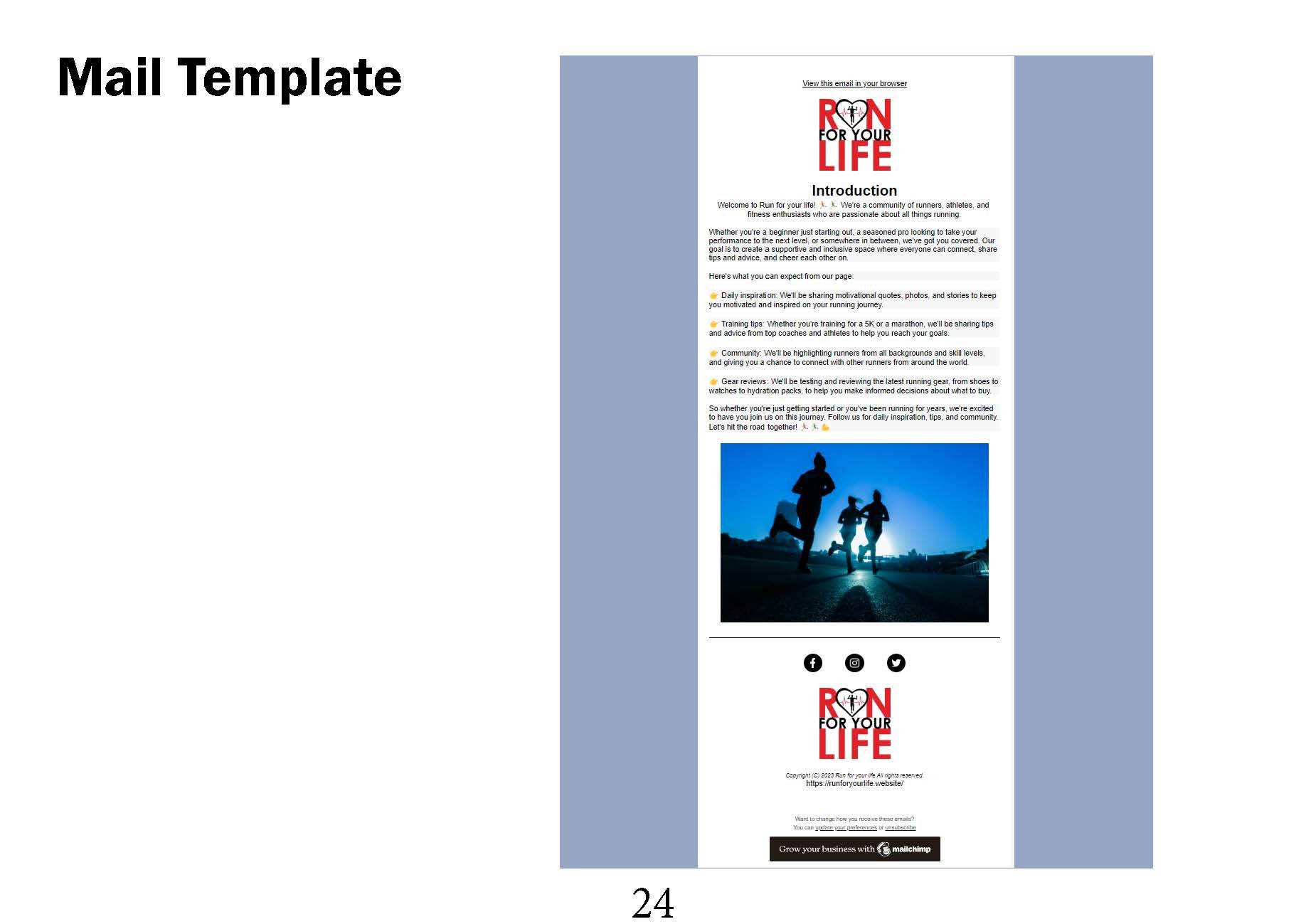
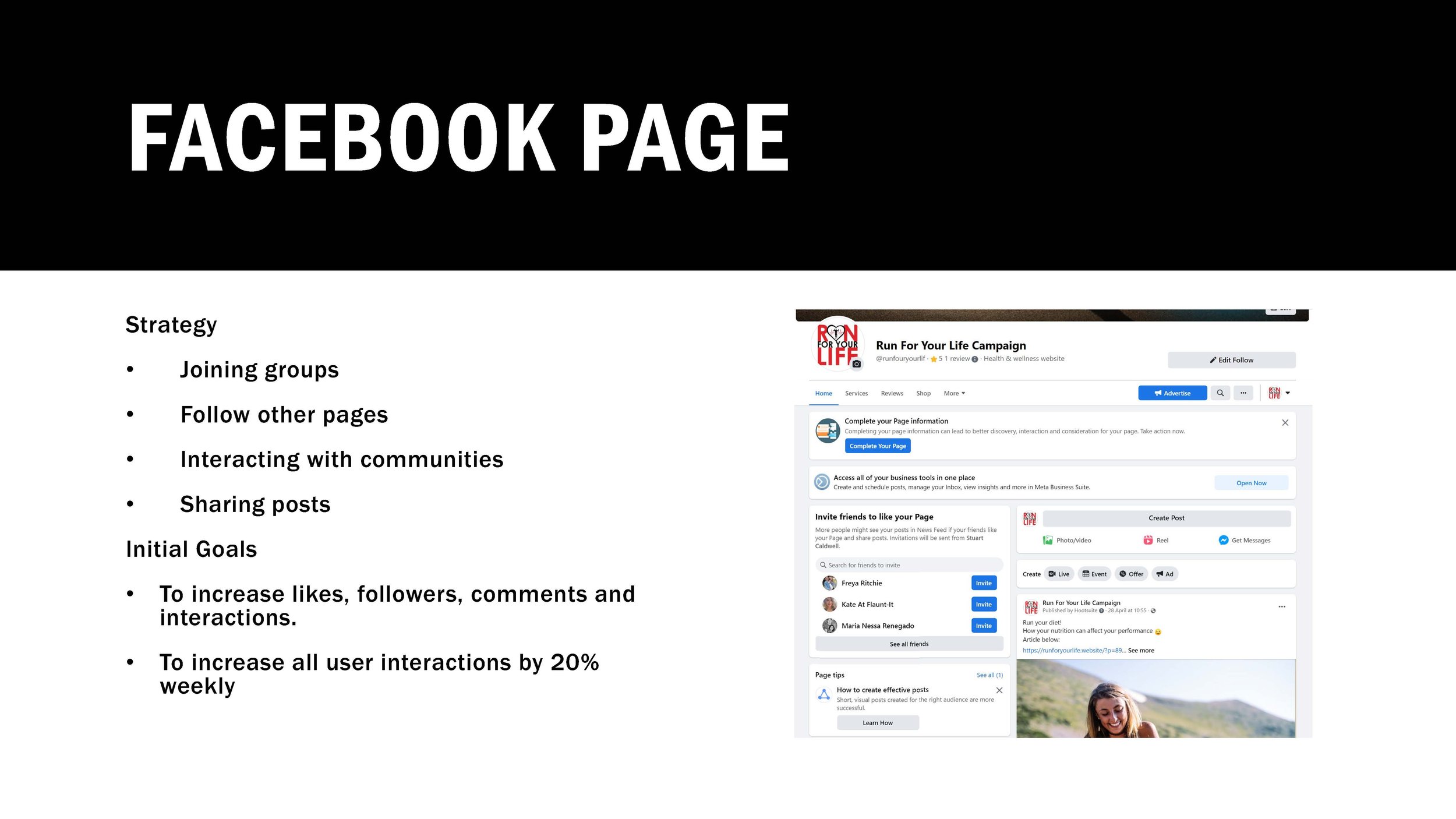
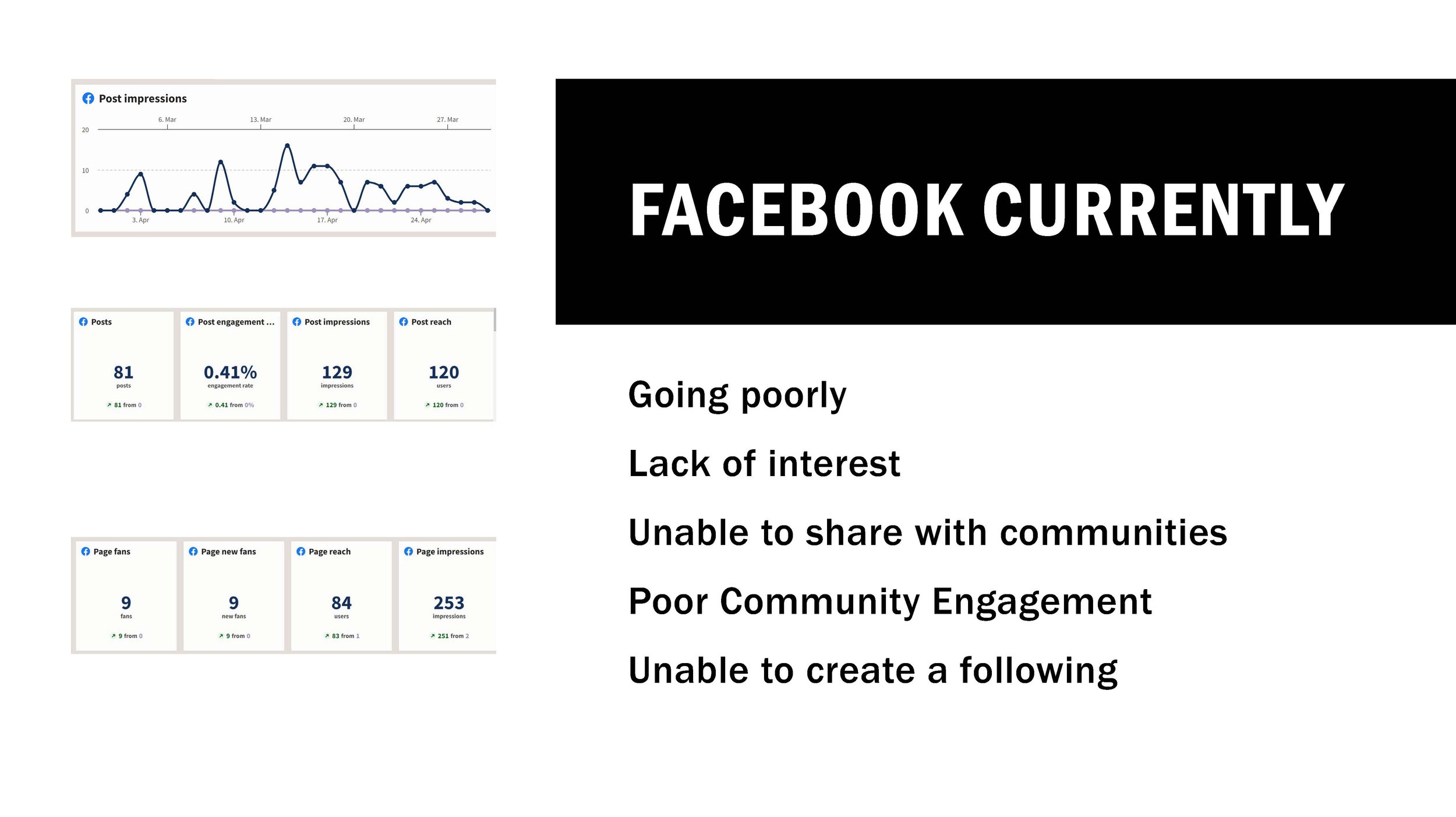
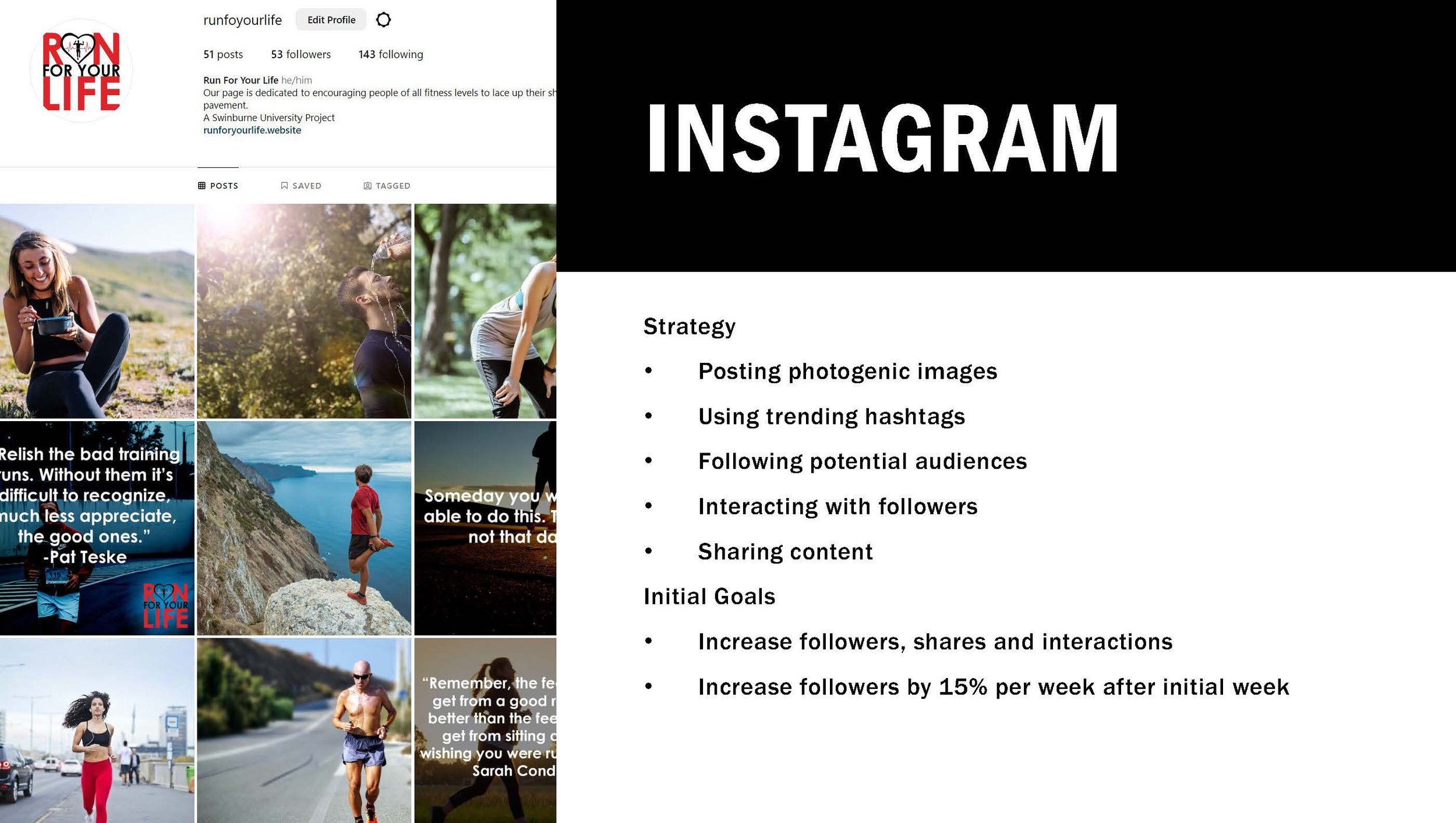


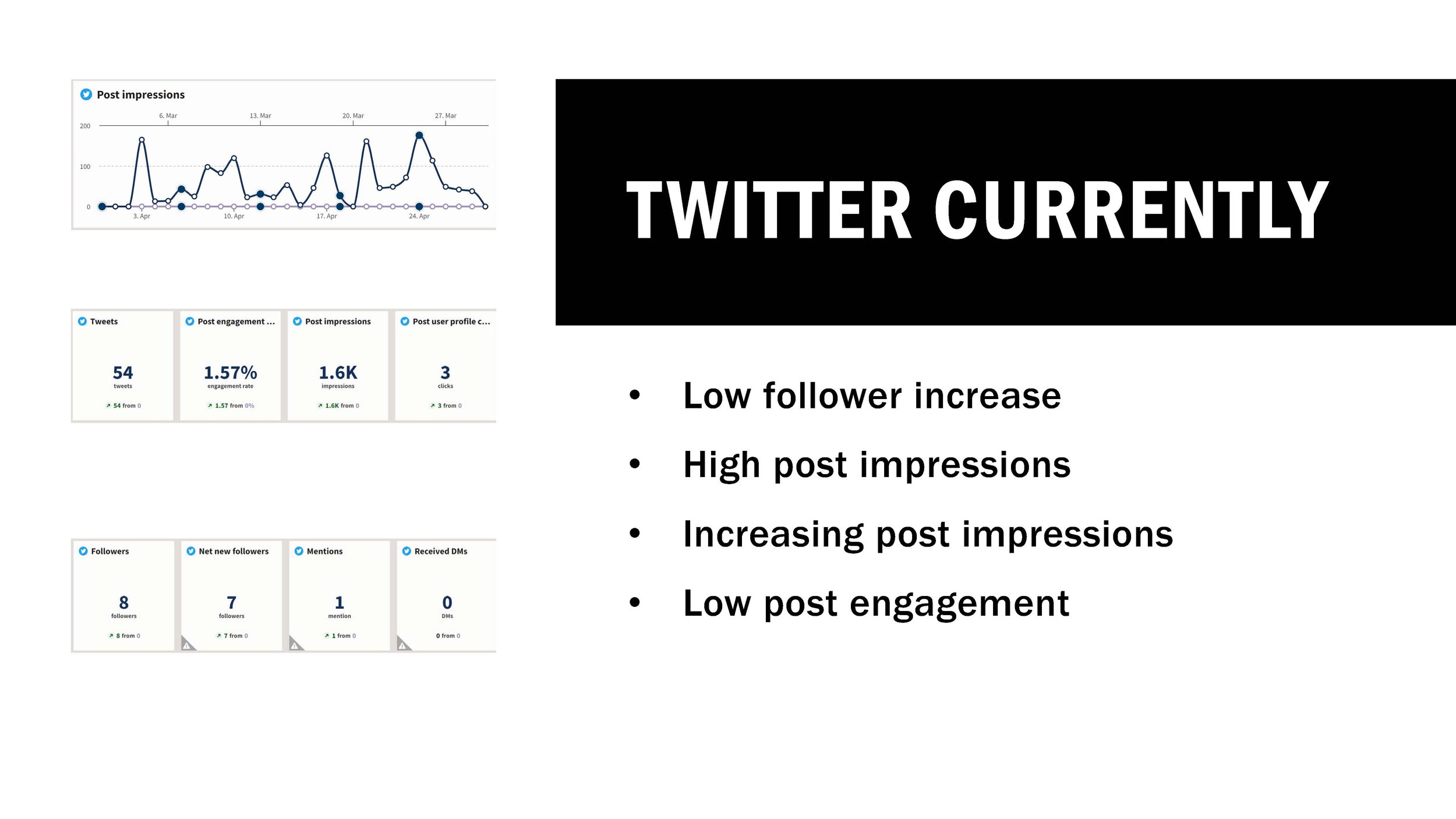
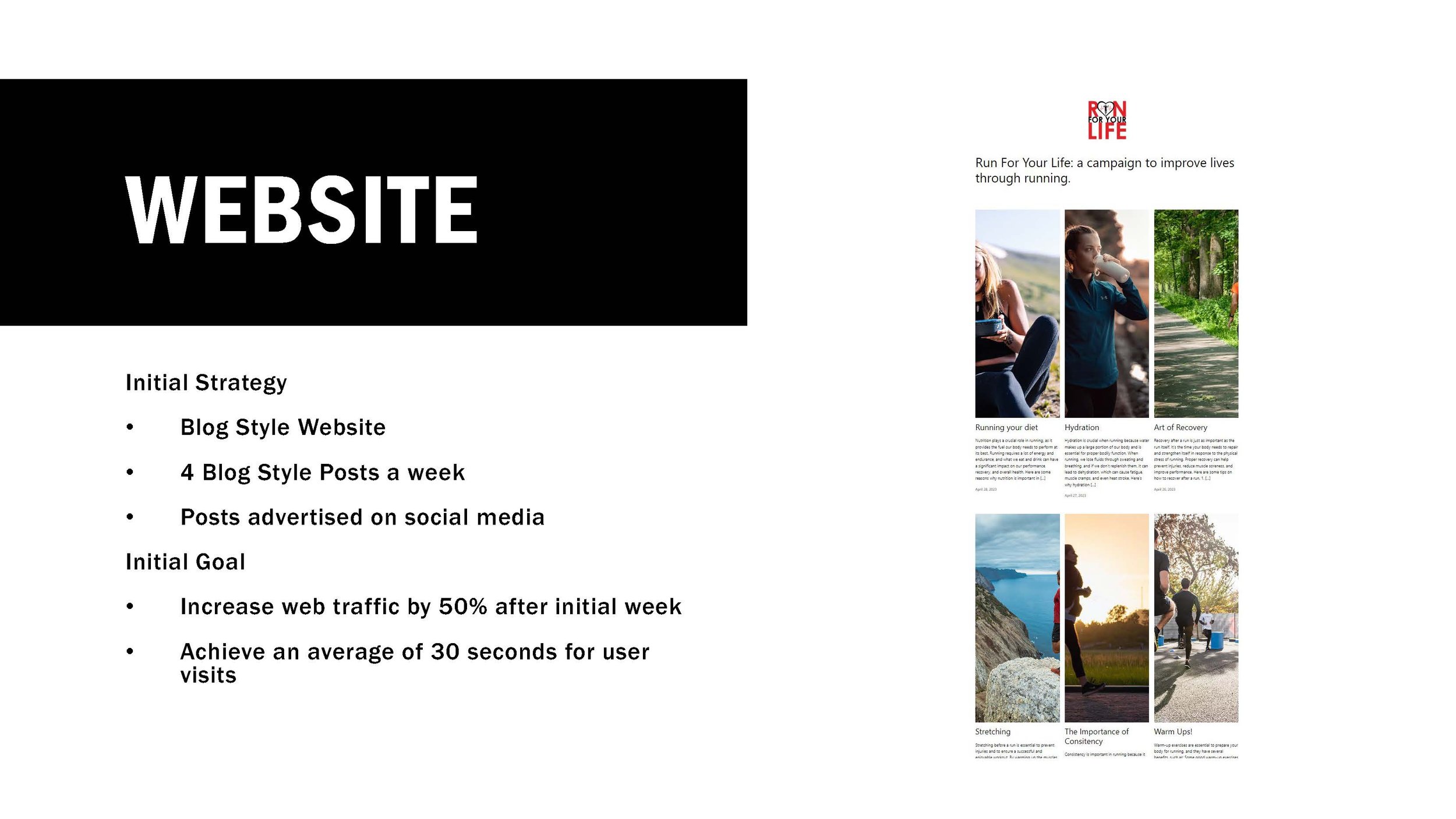
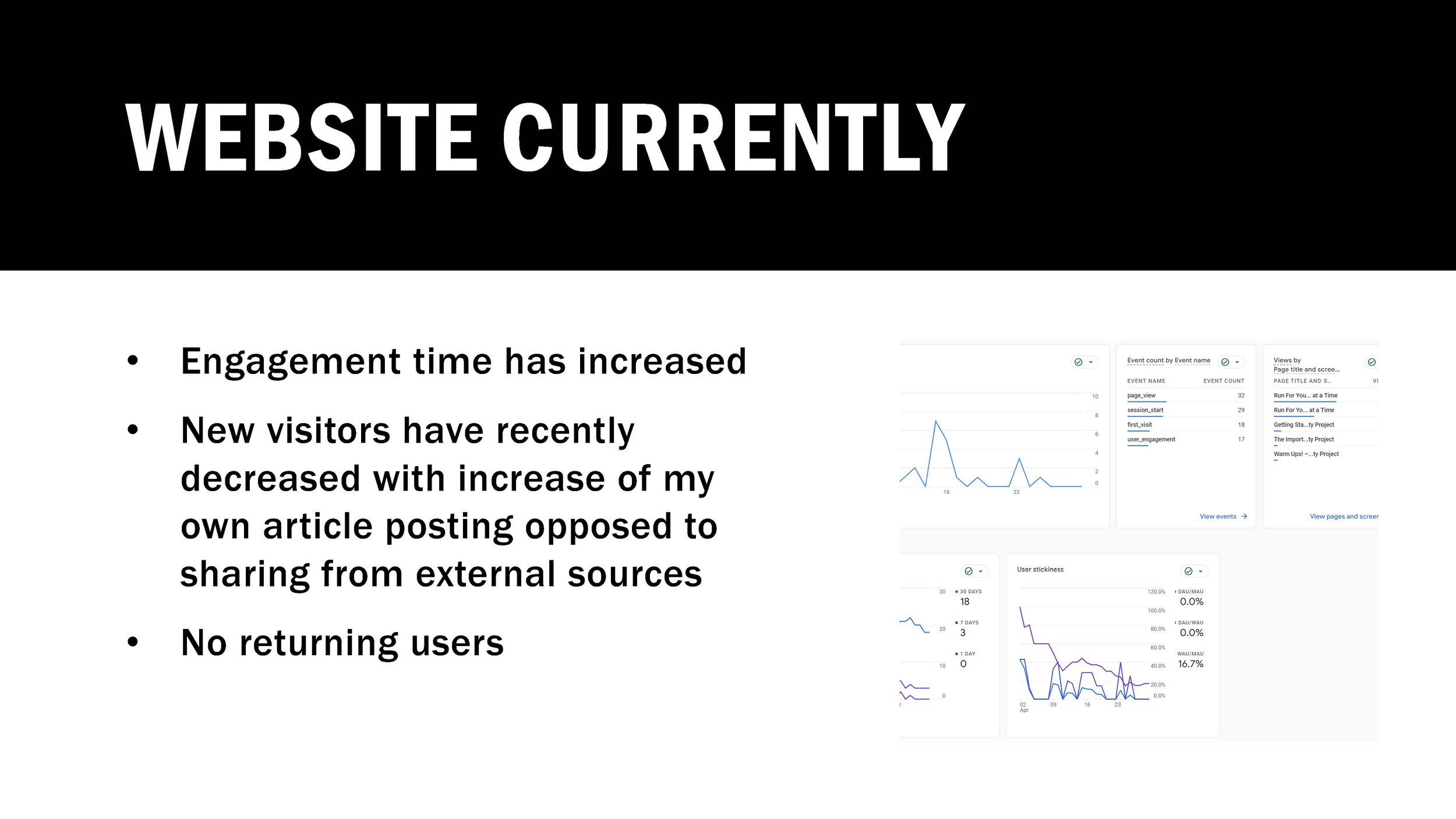
Adapting Mid-Campaign
Throughout the campaign, I tested different approaches to optimize engagement:
Tone Shifts: Initially, the tone was purely informative, but after week 4, I shifted to a more conversational tone. This made a noticeable difference in engagement, as users resonated more with posts that felt personal and relatable.
Hashtag Strategy: I experimented with a mix of targeted running hashtags and broader fitness tags, learning that specific running-related hashtags attracted a more engaged audience.
Website A/B Testing: I set up two website designs to see which layout users engaged with more. The second version, with a more professional layout and categorized articles, saw significantly higher engagement times and page views, indicating a preference for credible, professional-looking content.
Results and Key Metrics
The campaign saw steady growth across platforms, with notable highlights:
Instagram Followers grew by 15% in the second week, reflecting the power of visual content and community hashtags.
Twitter Engagement spiked by 25% after incorporating relevant hashtags and engaging more actively with the running community.
Website Metrics: Engagement time doubled, and pages viewed per visit increased after the layout switch, confirming that a more polished presentation attracted users to explore more.
However, some goals were harder to meet. For instance, EDM (Email Direct Marketing) was challenging; few people subscribed to the mailing list. This taught me the importance of incentivizing subscriptions and actively promoting them on social channels.
